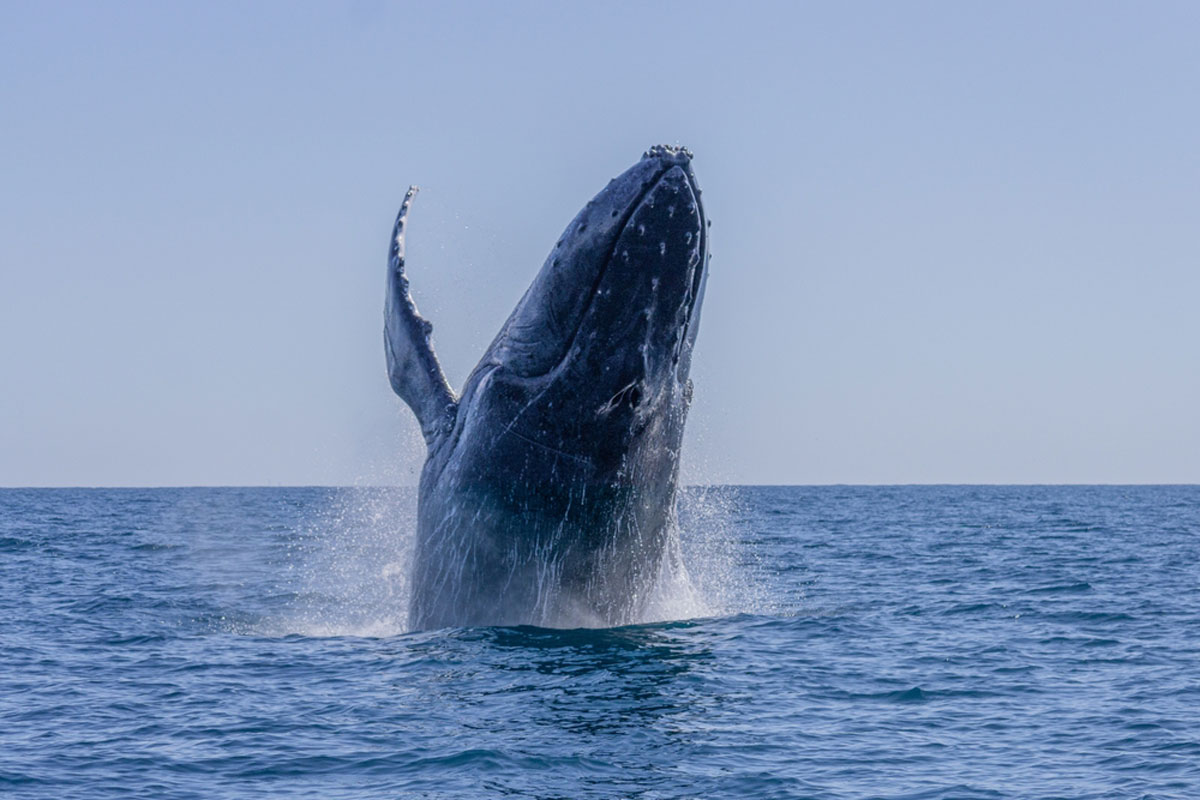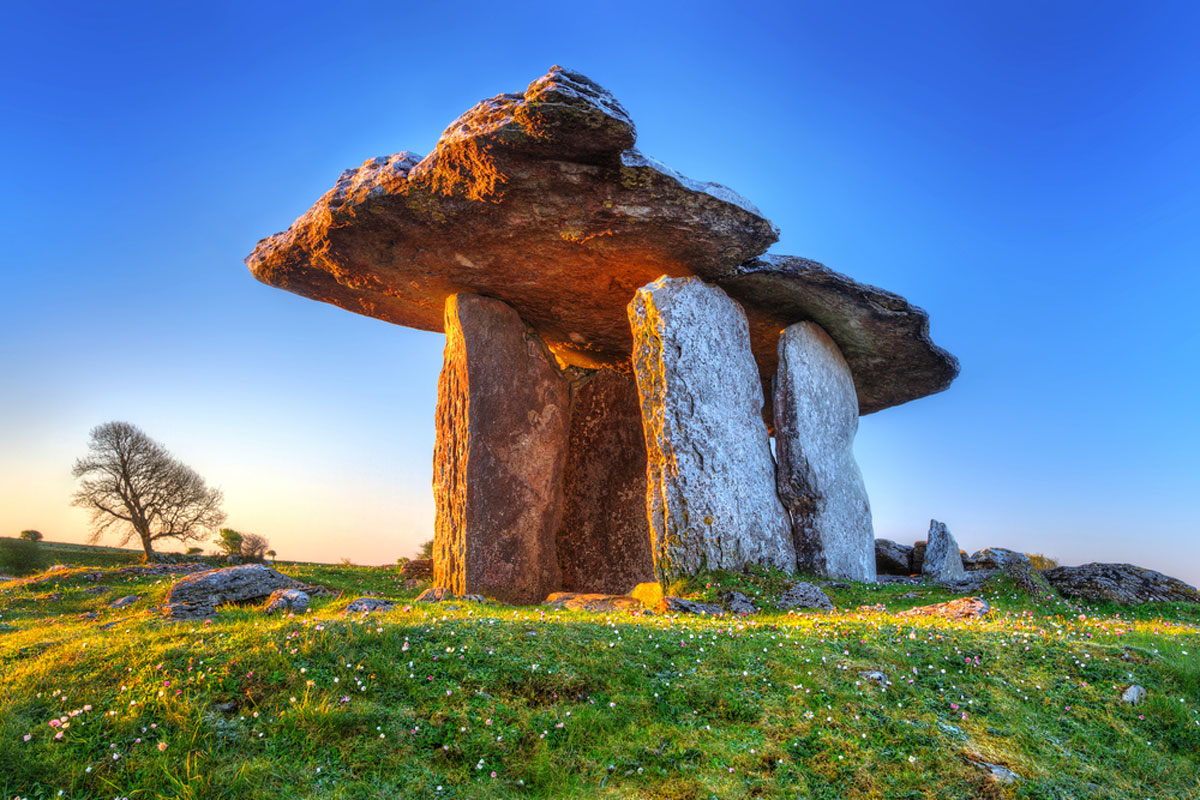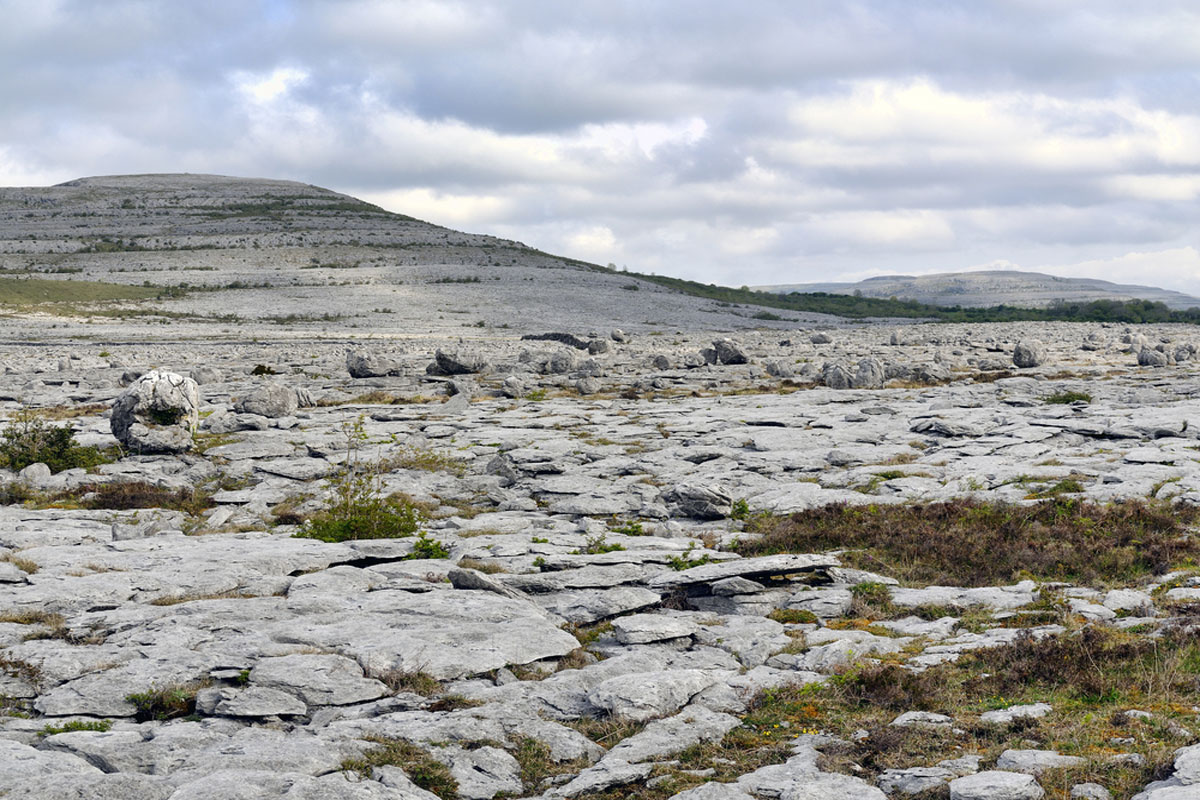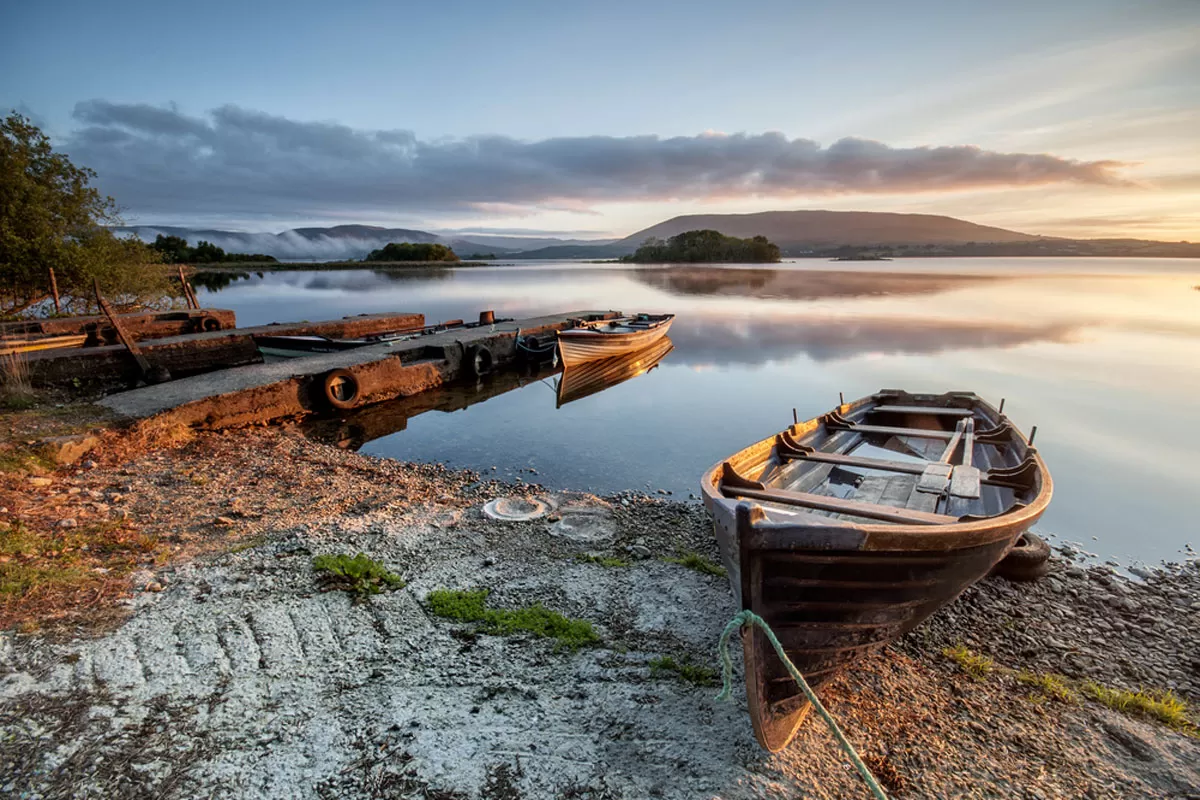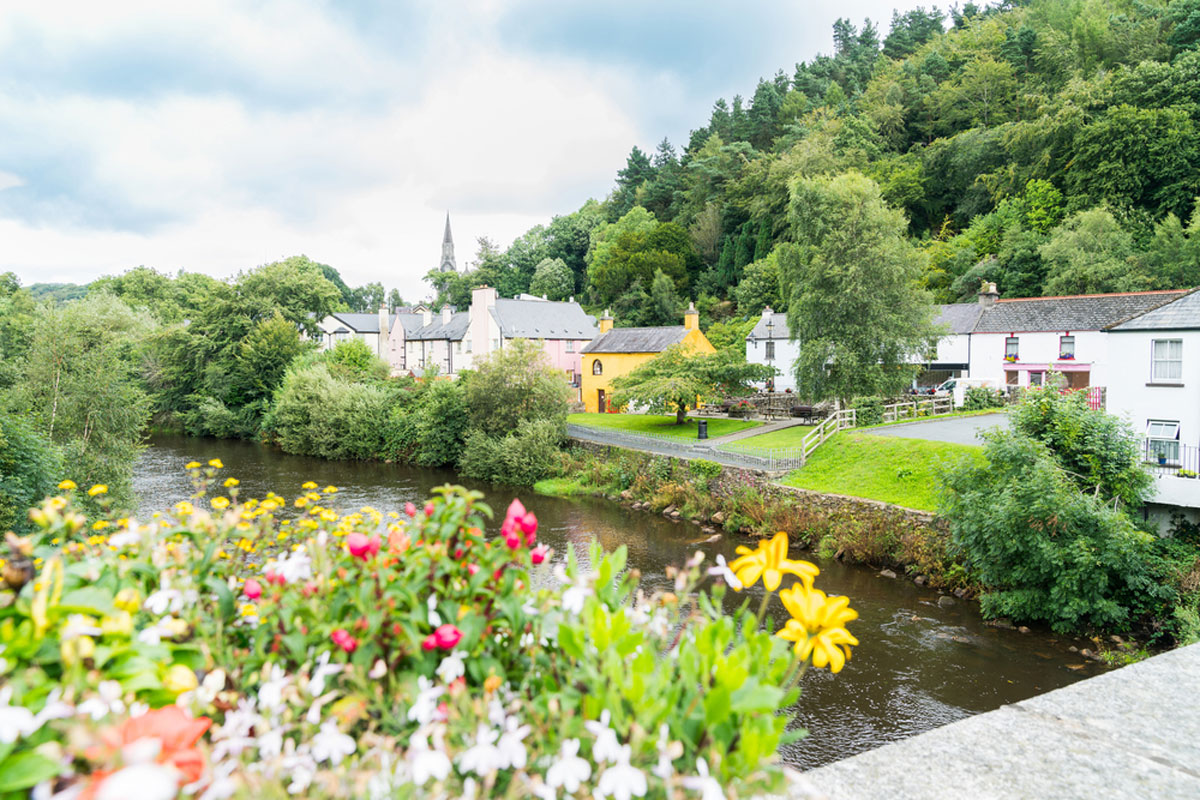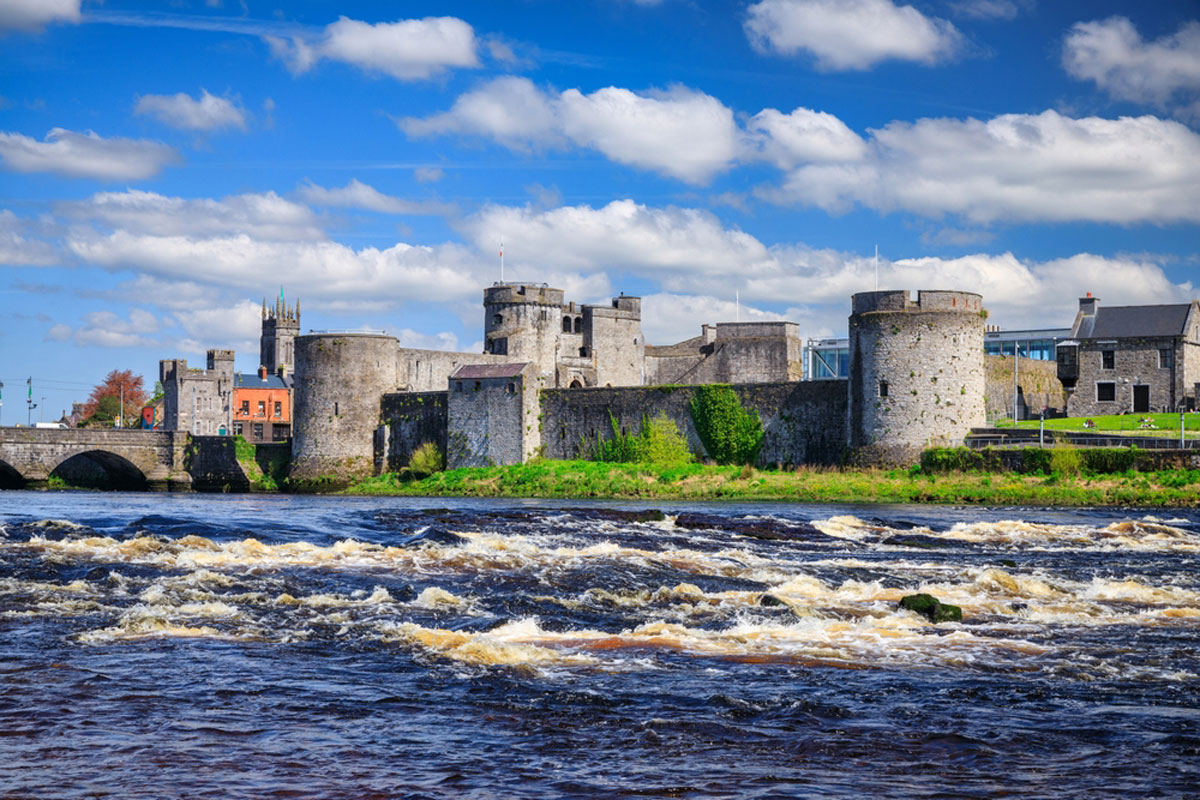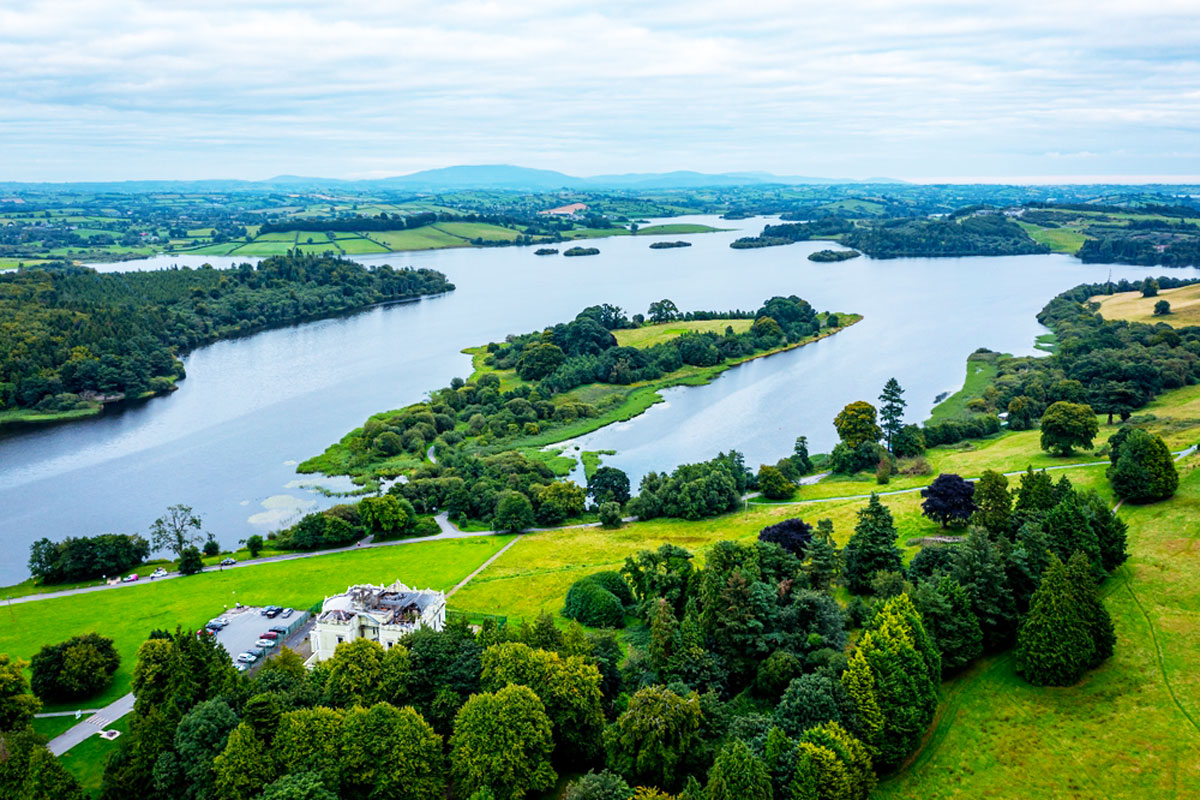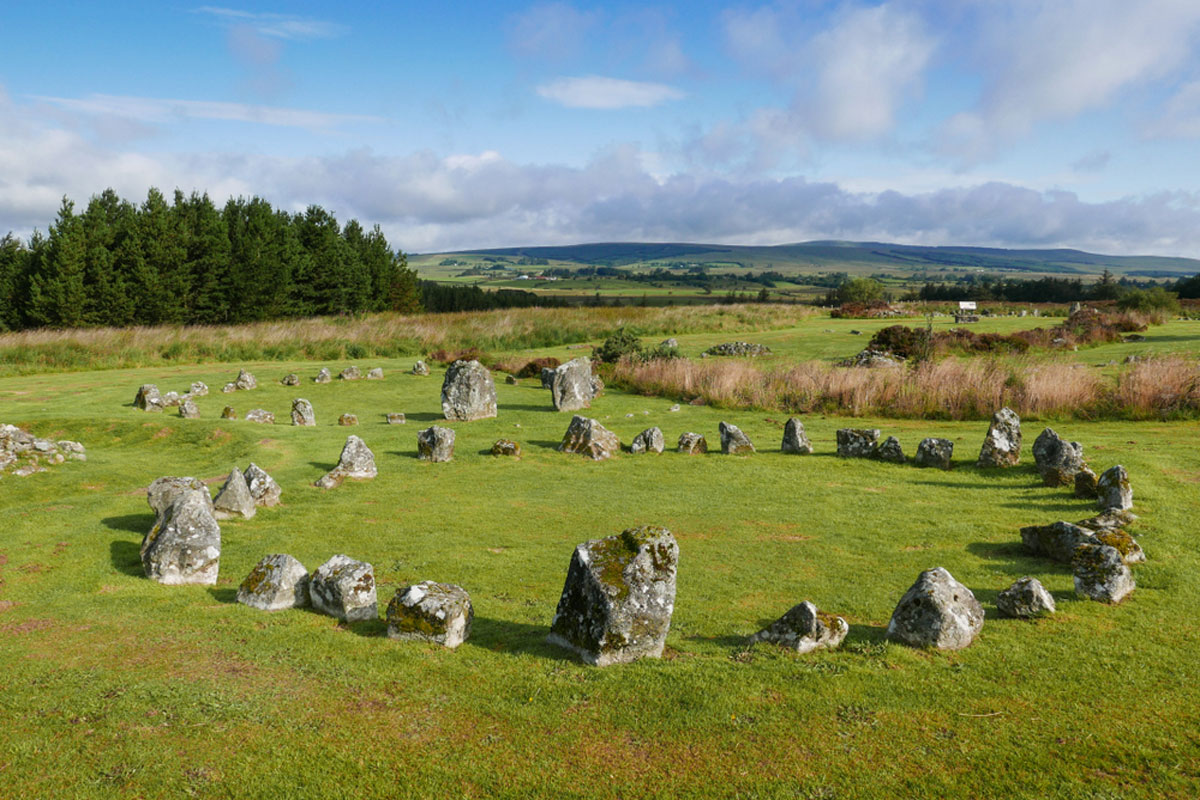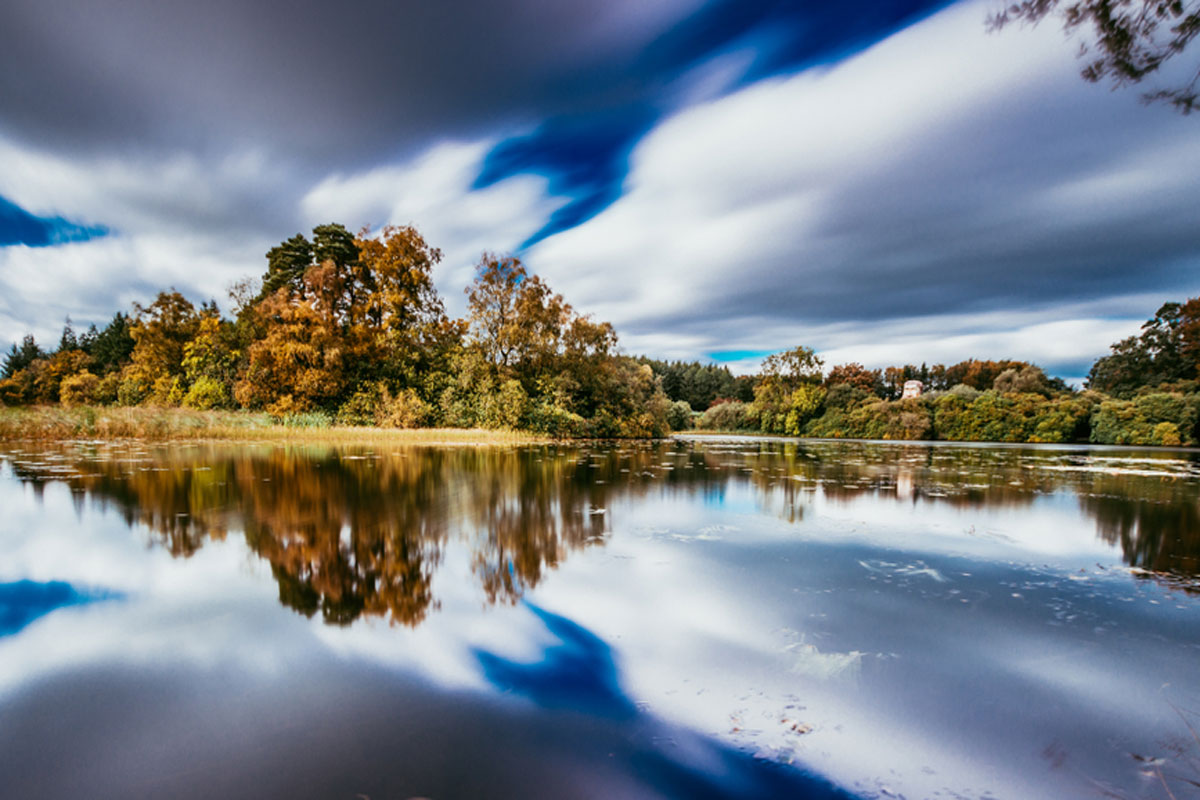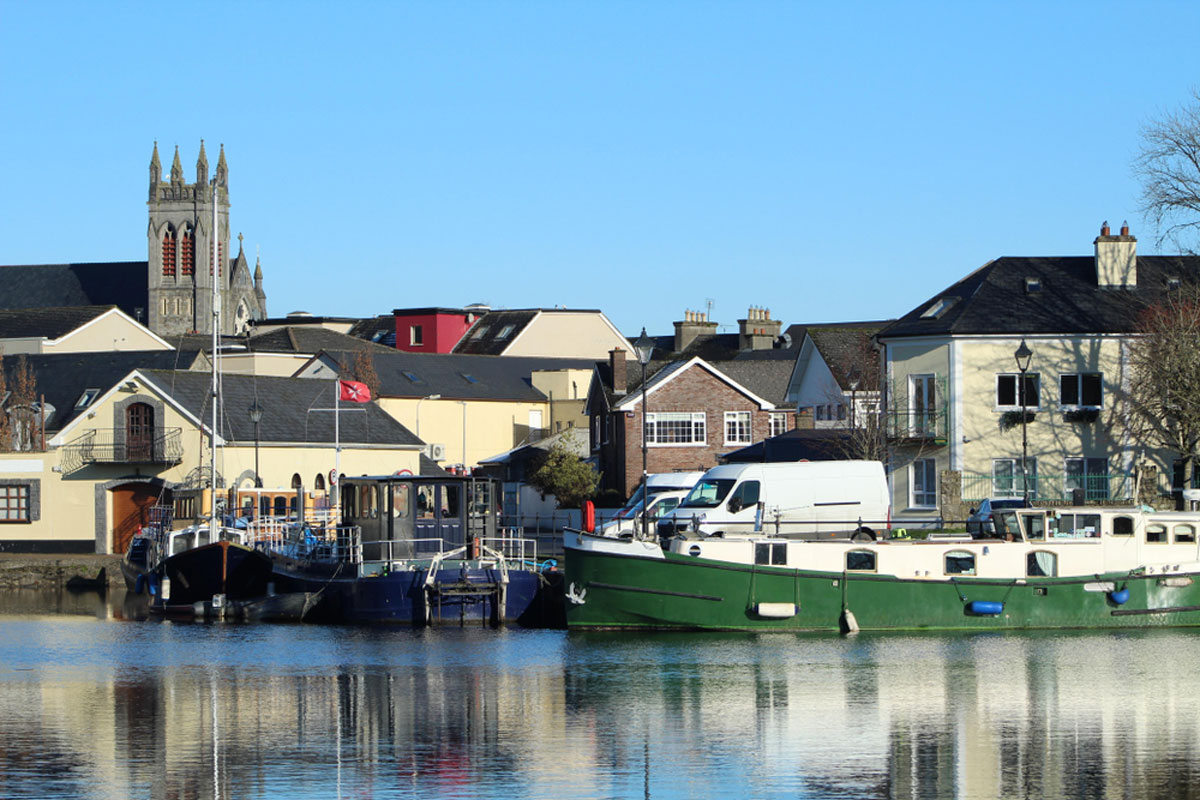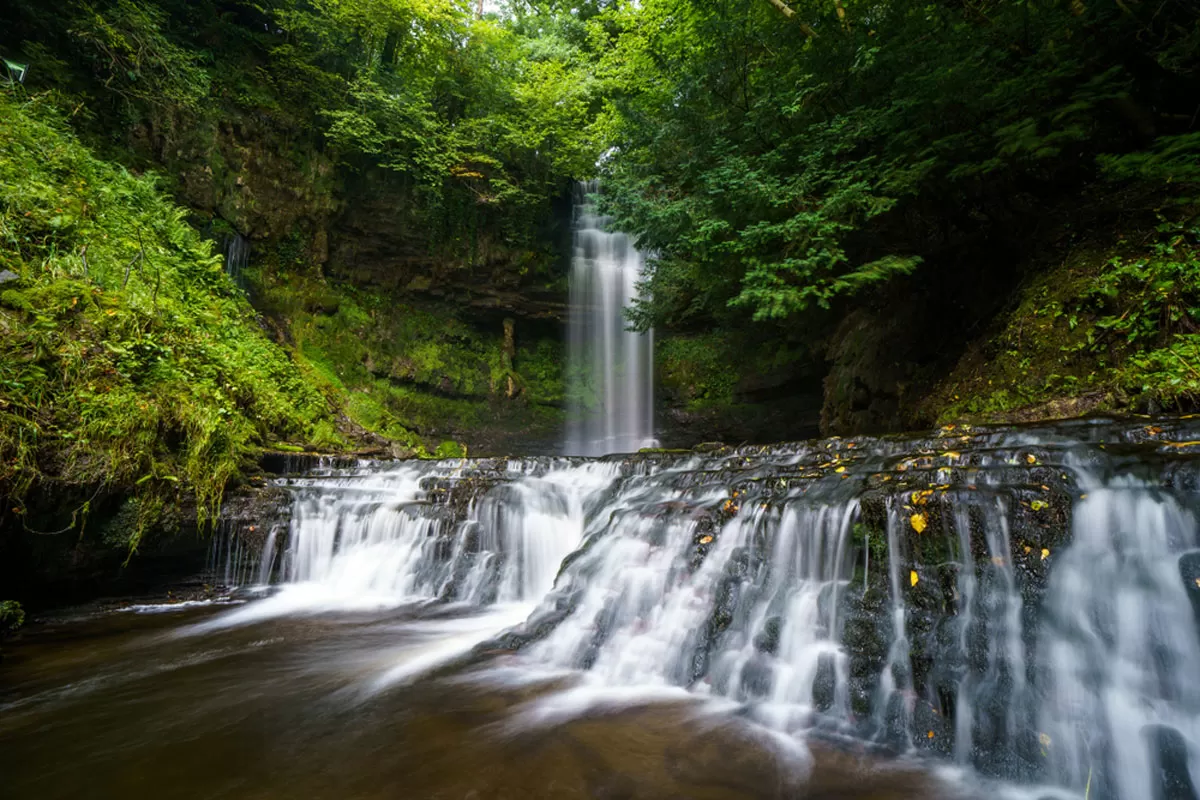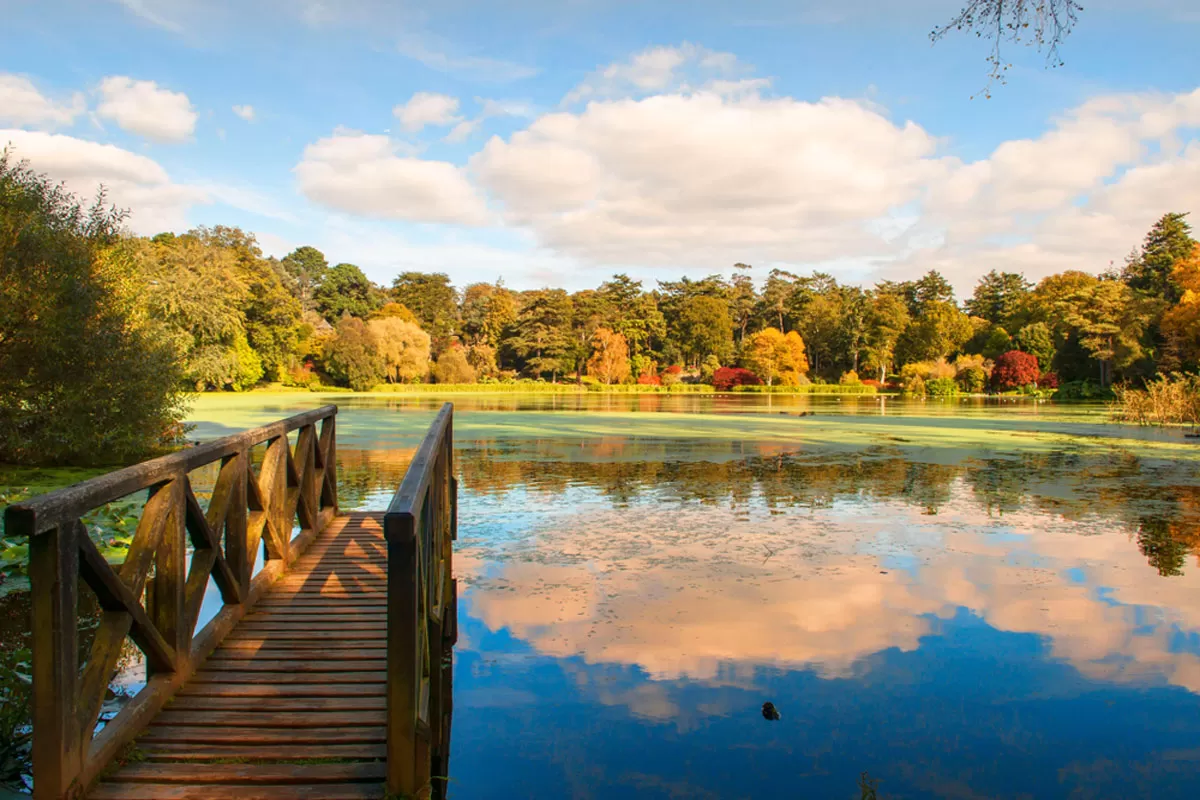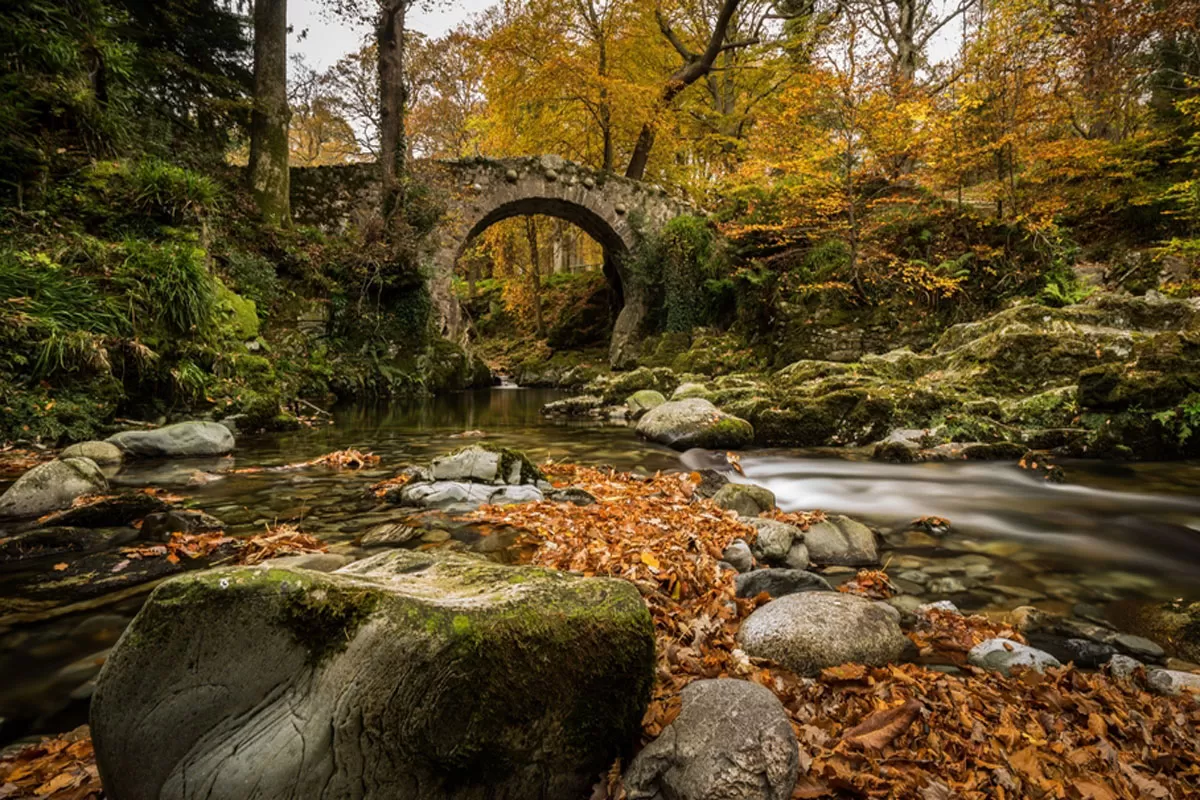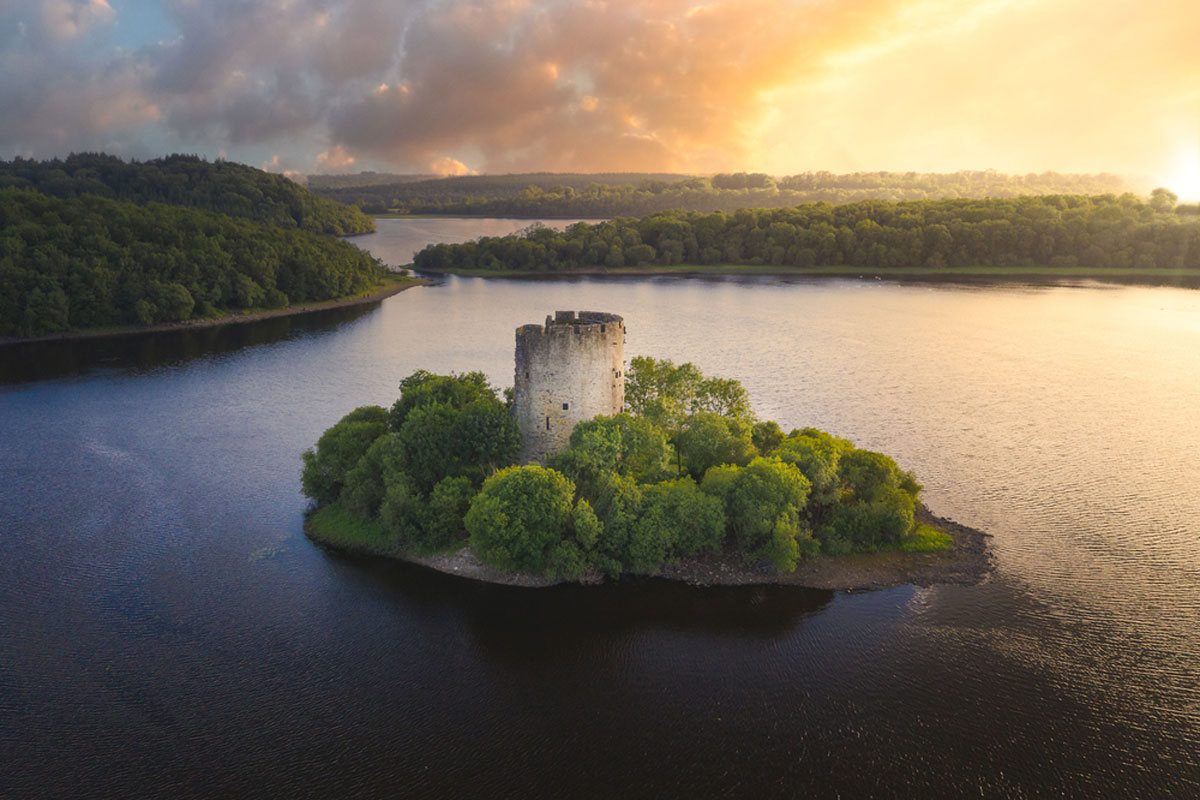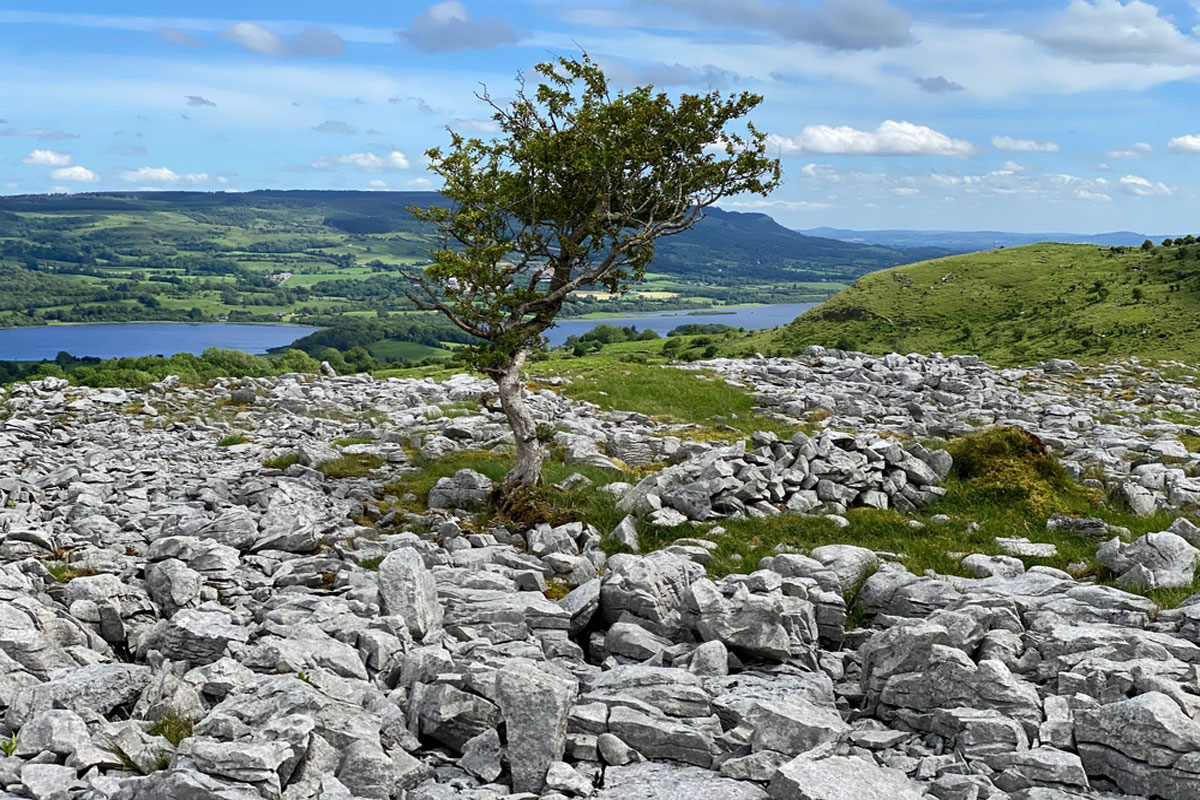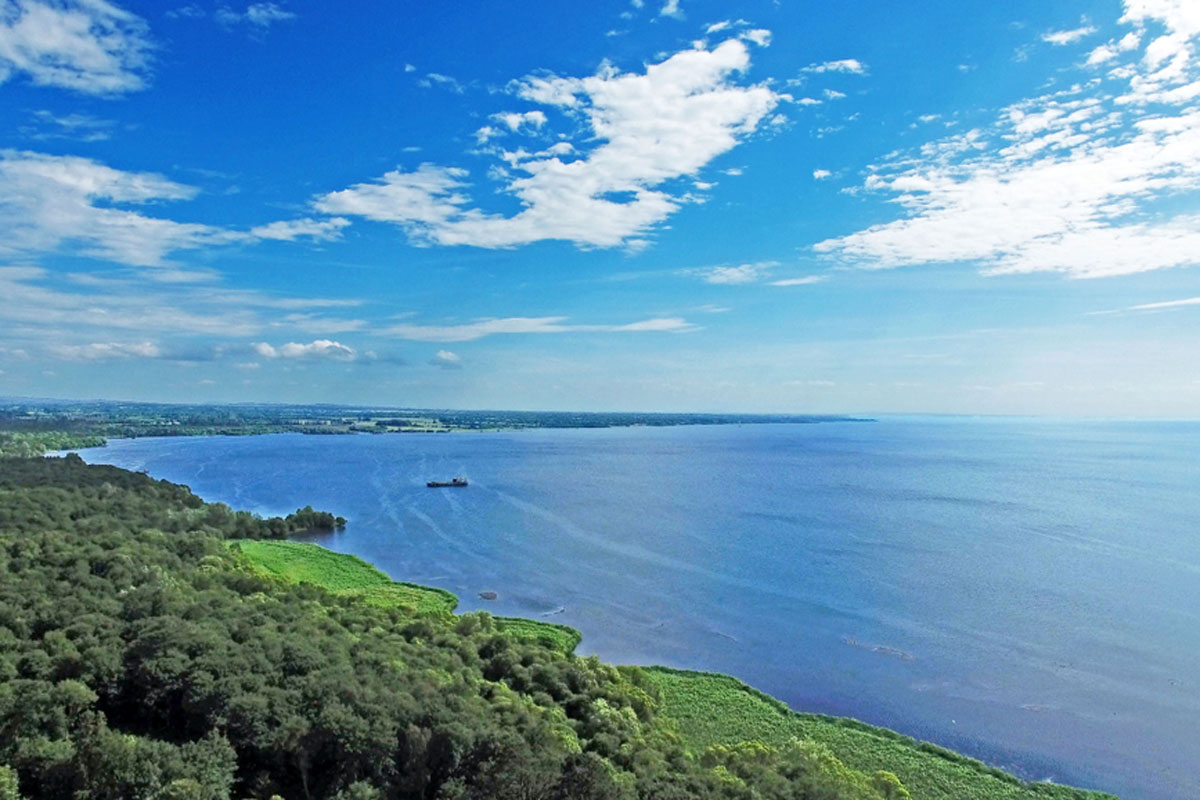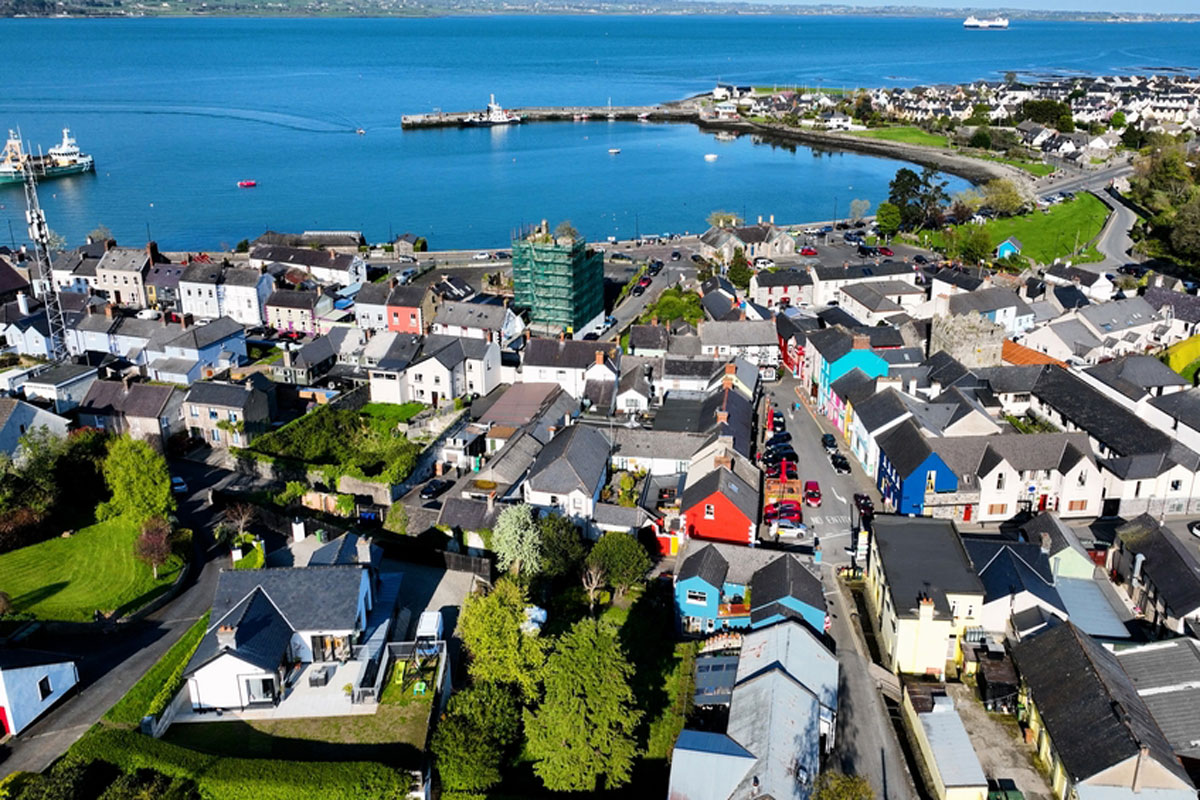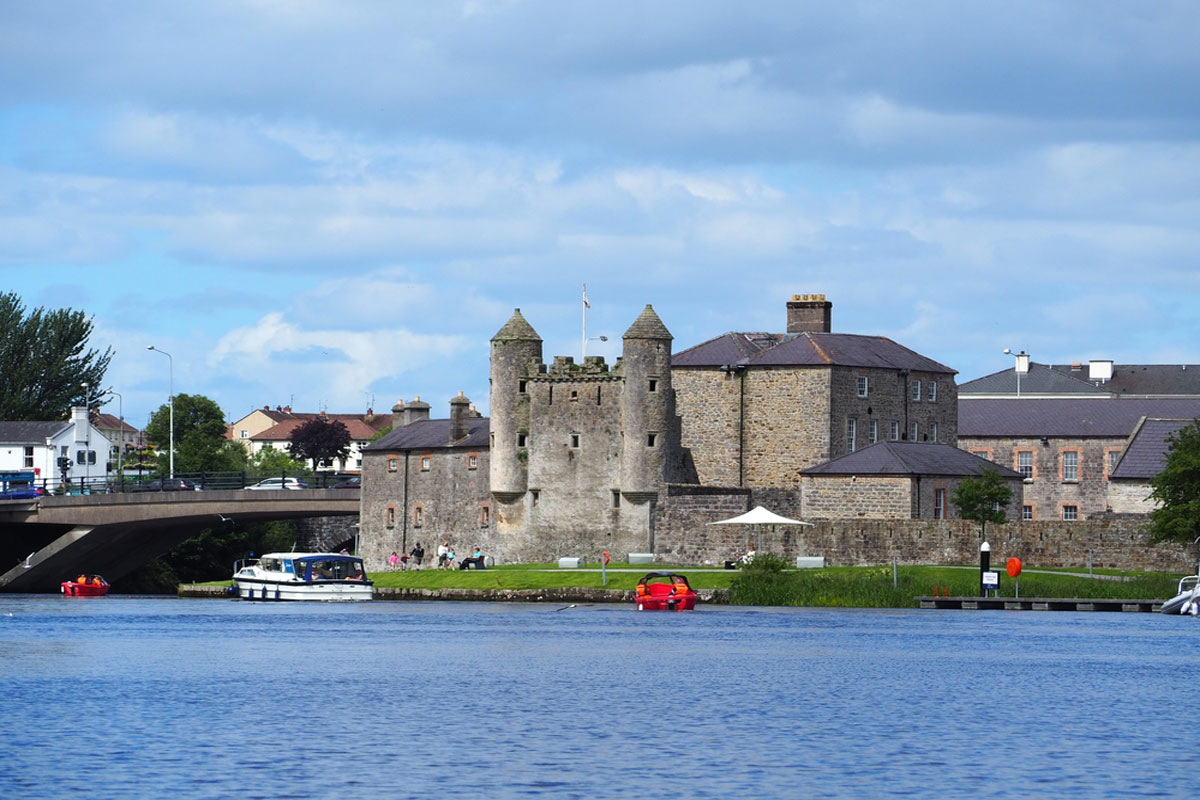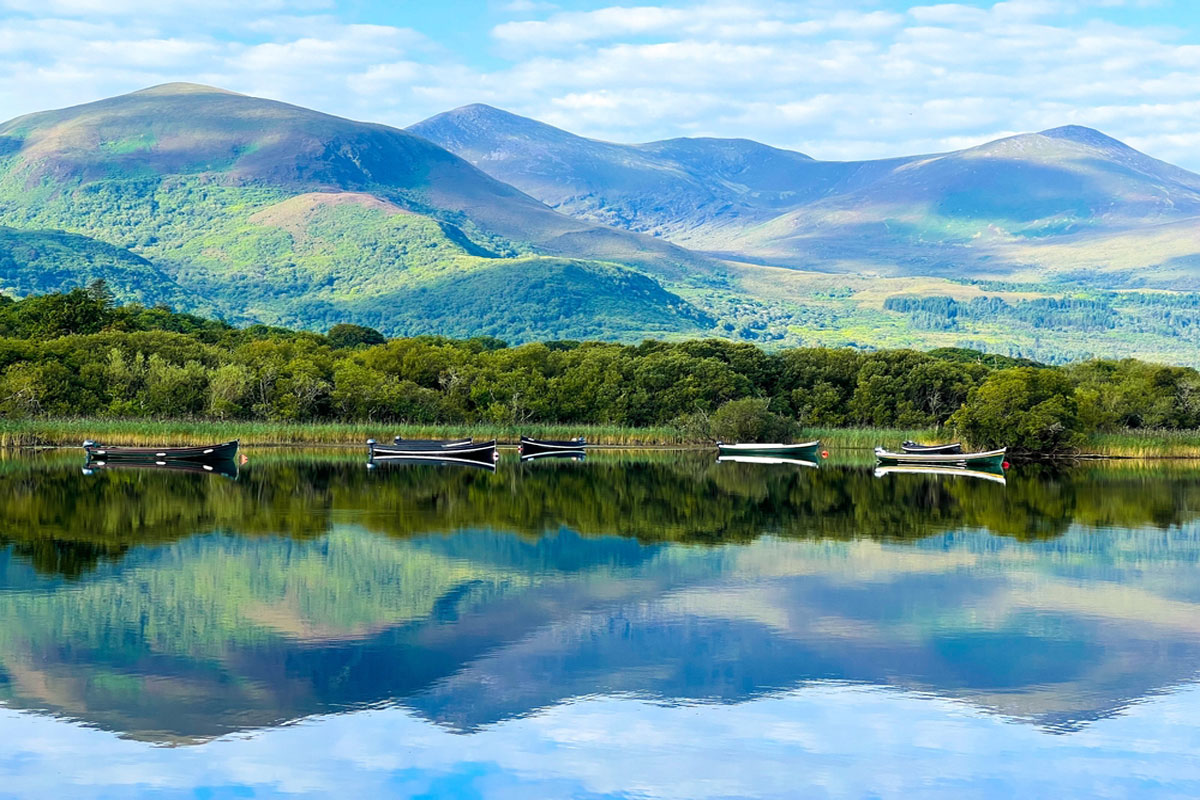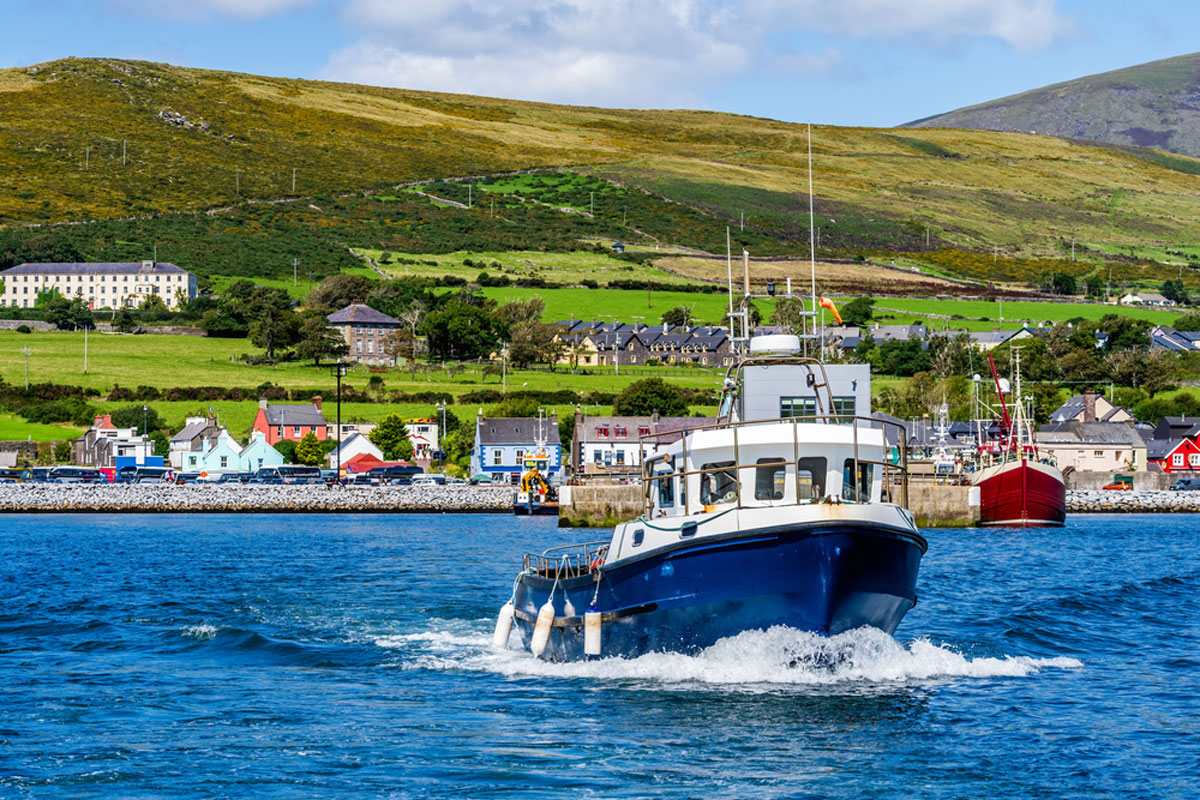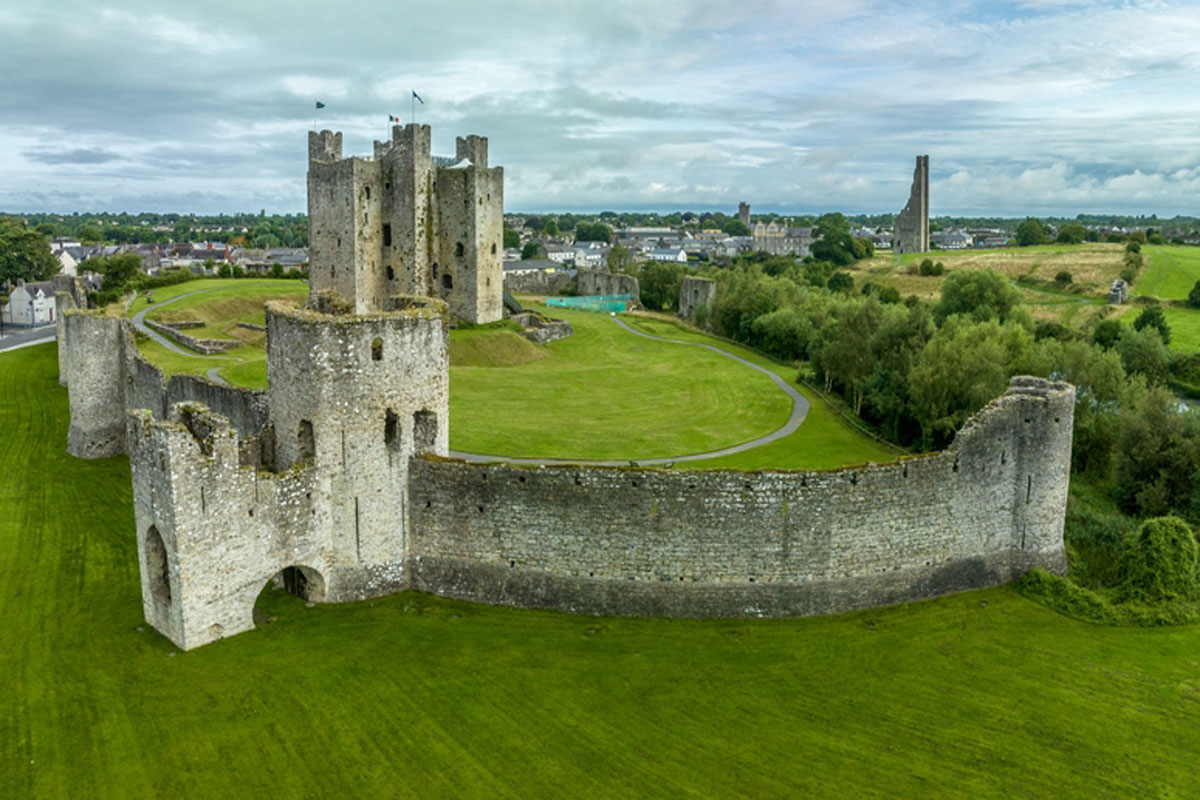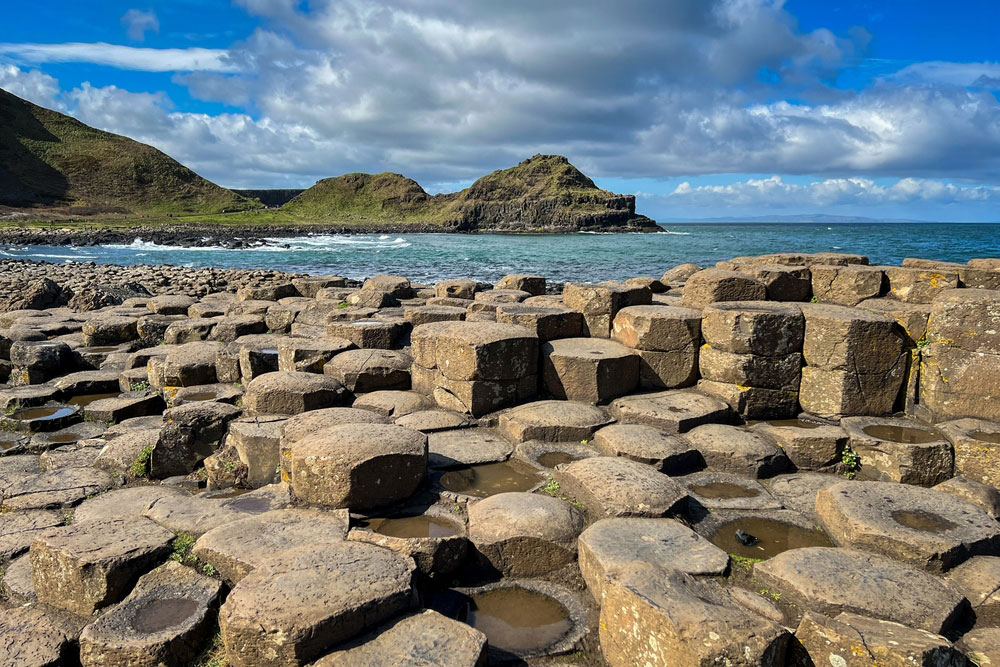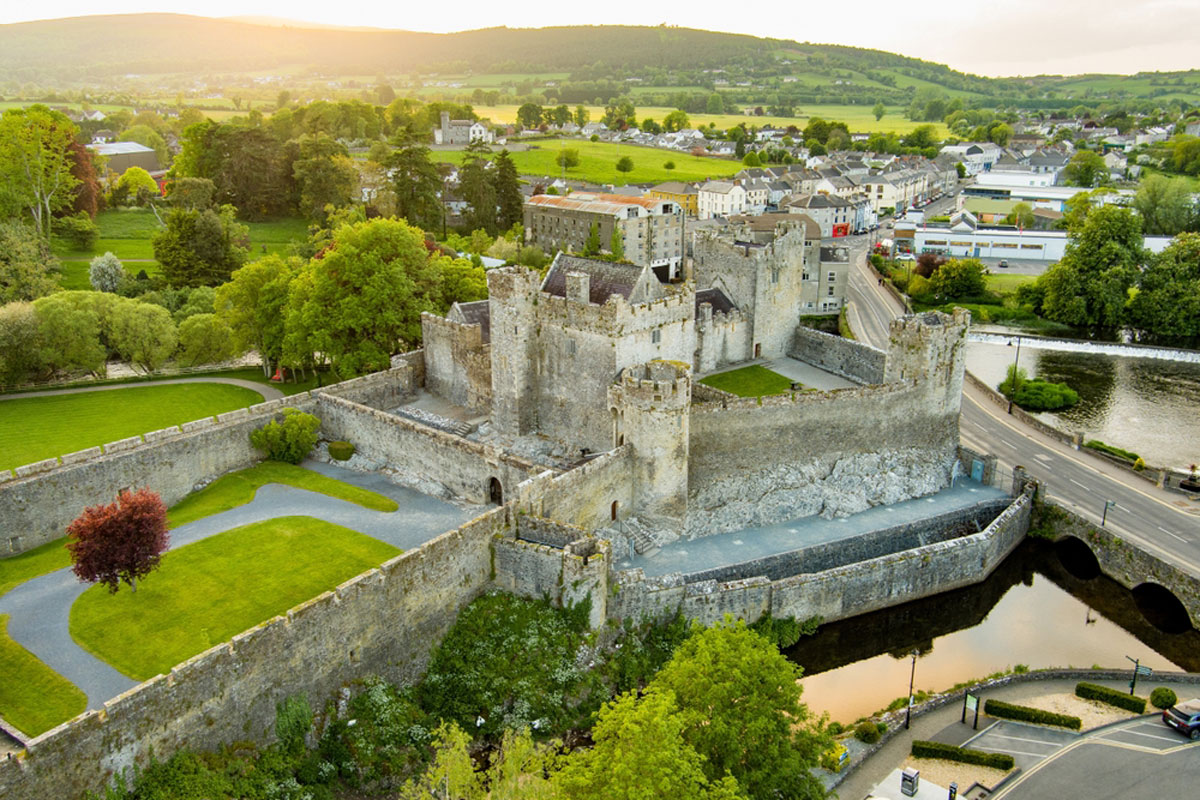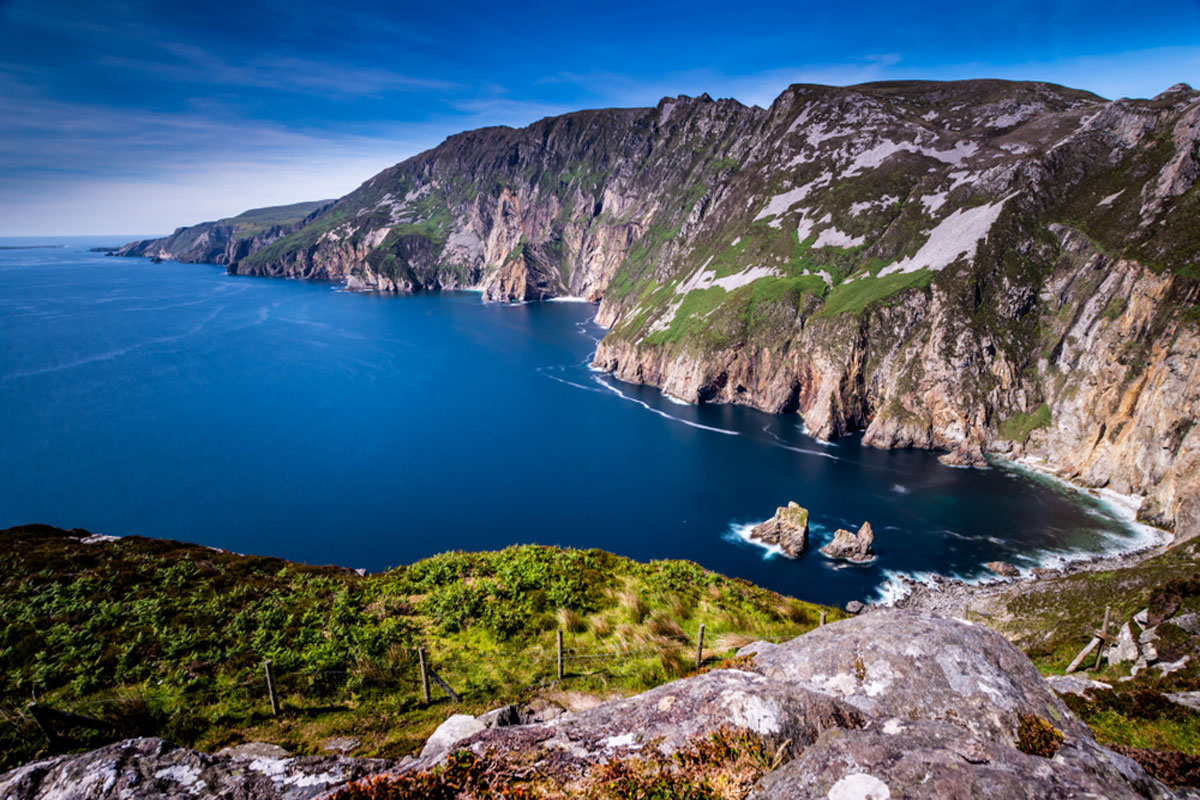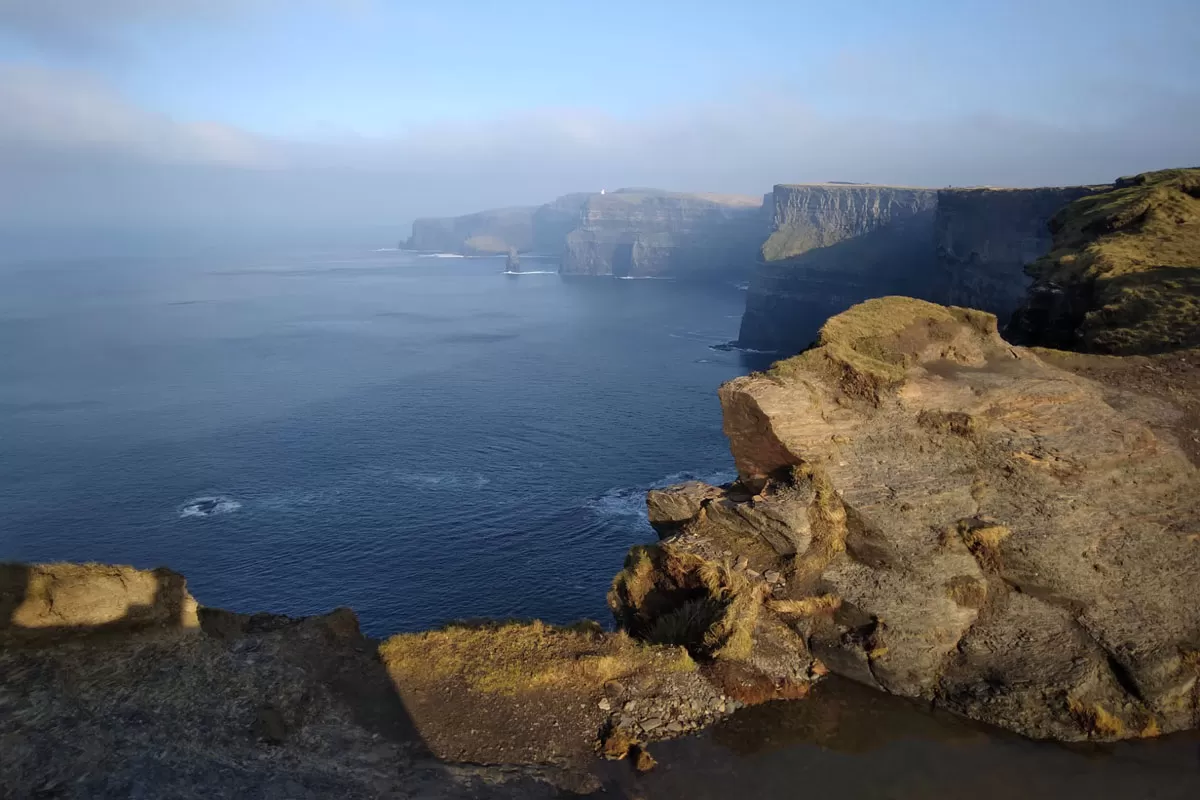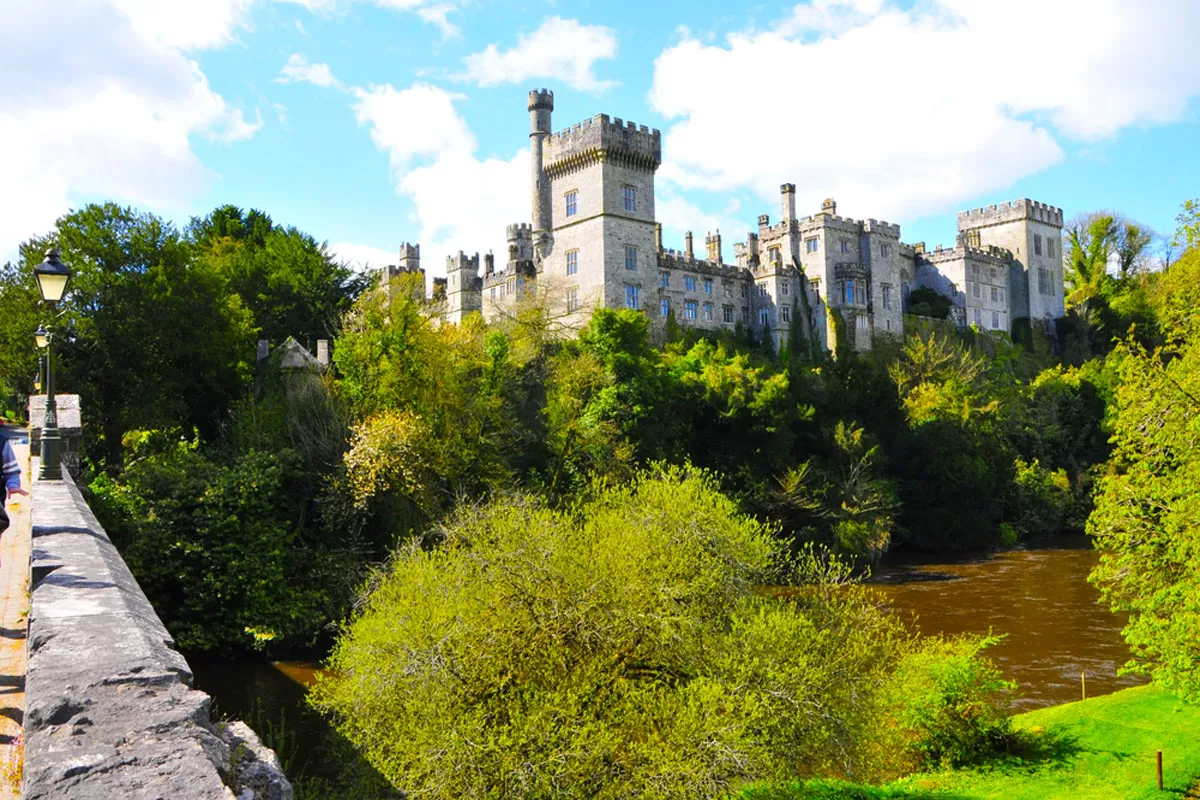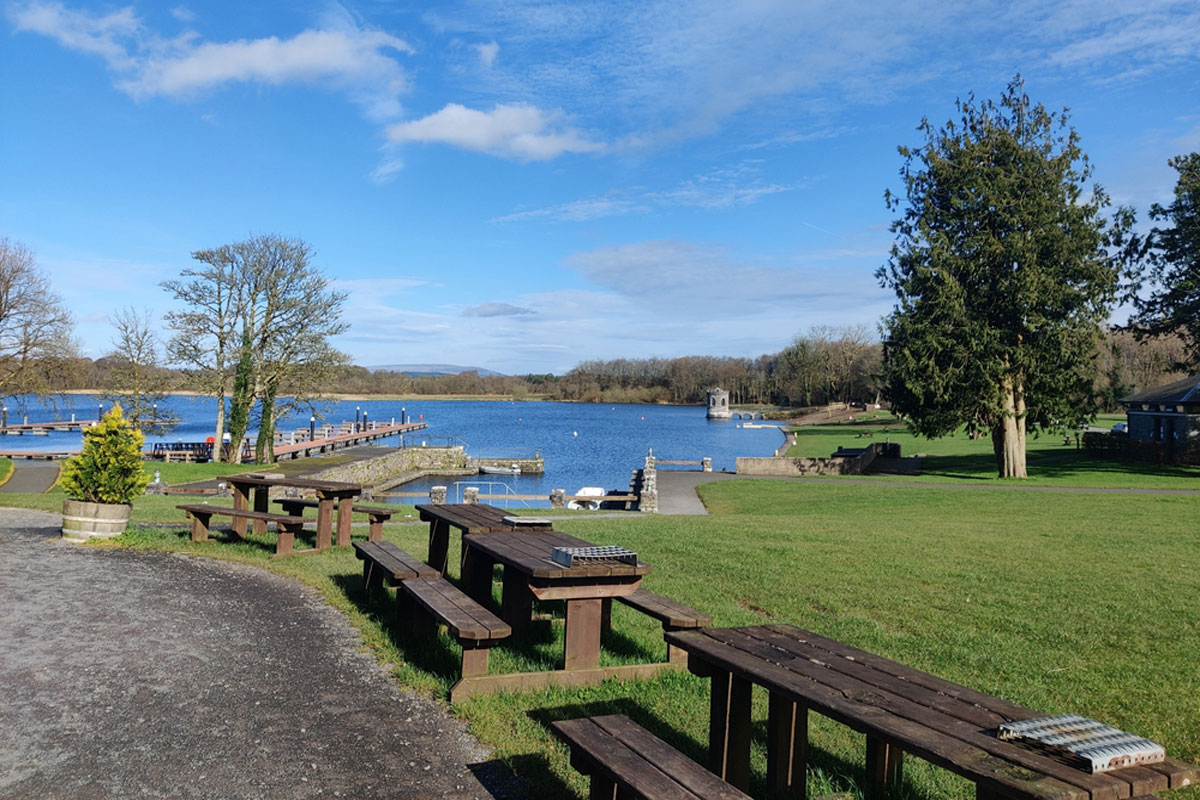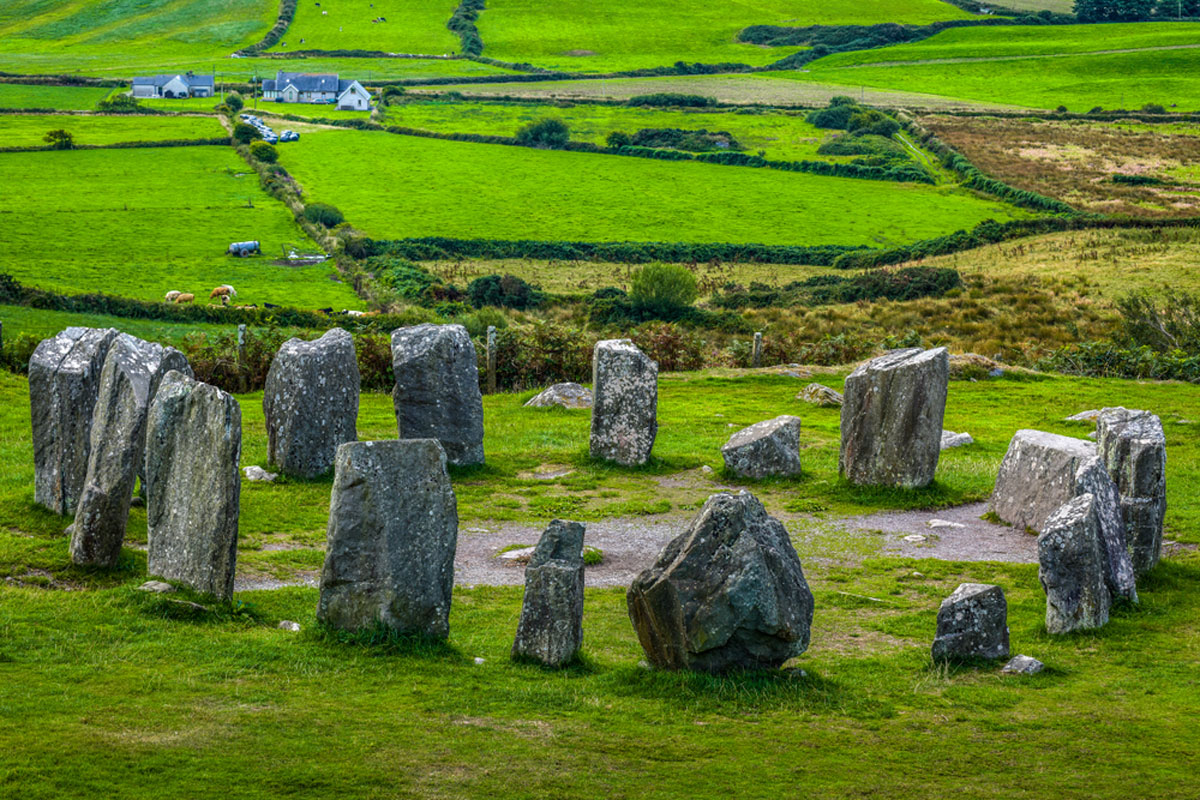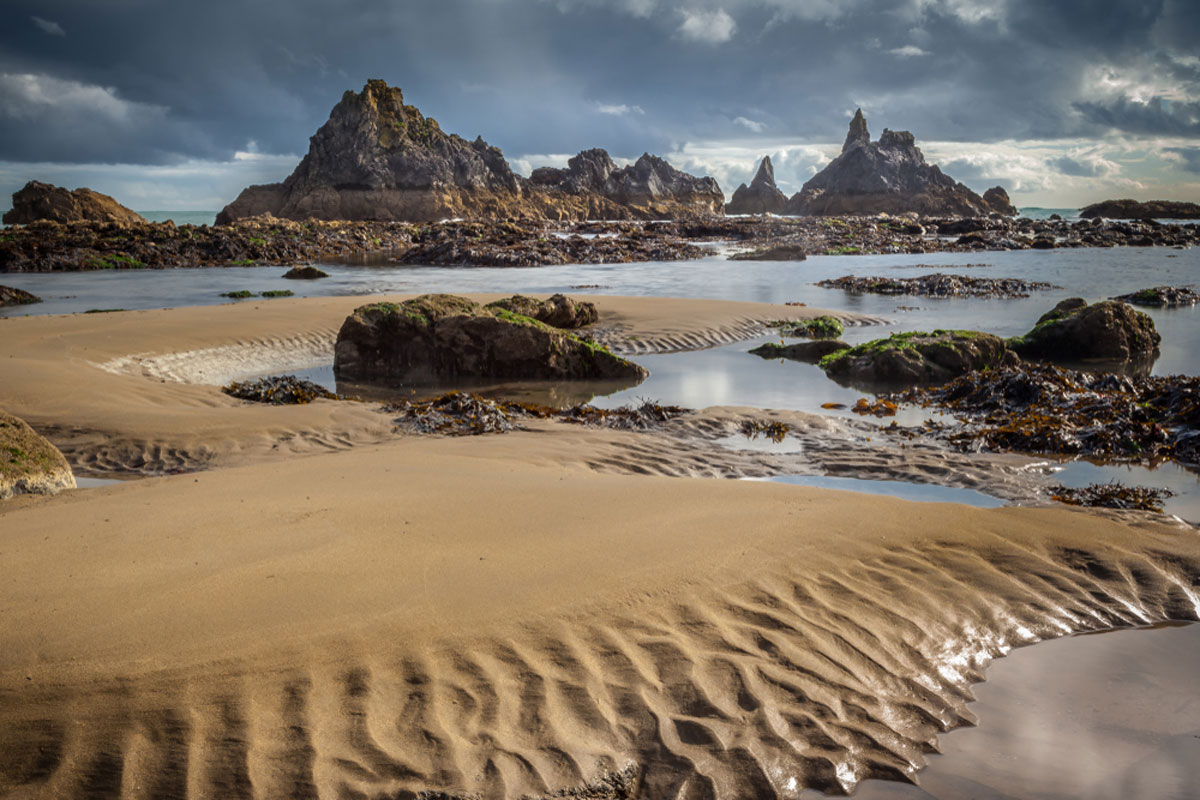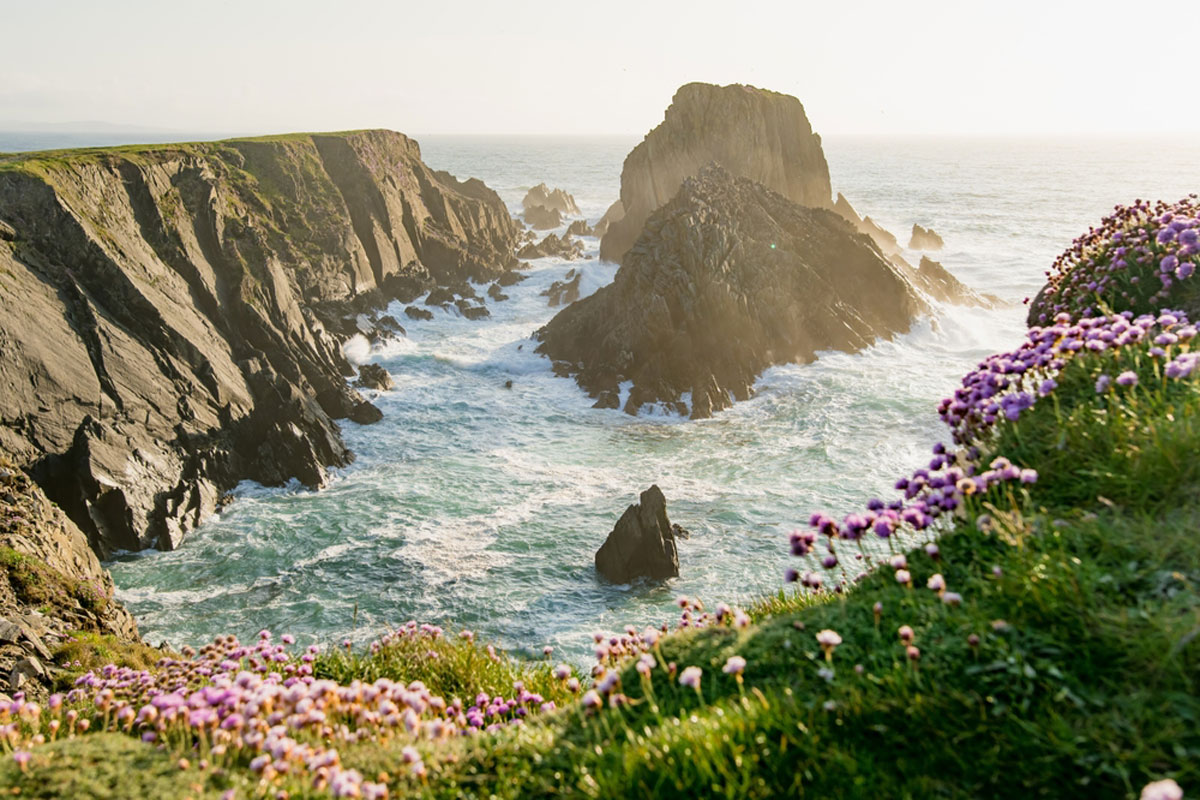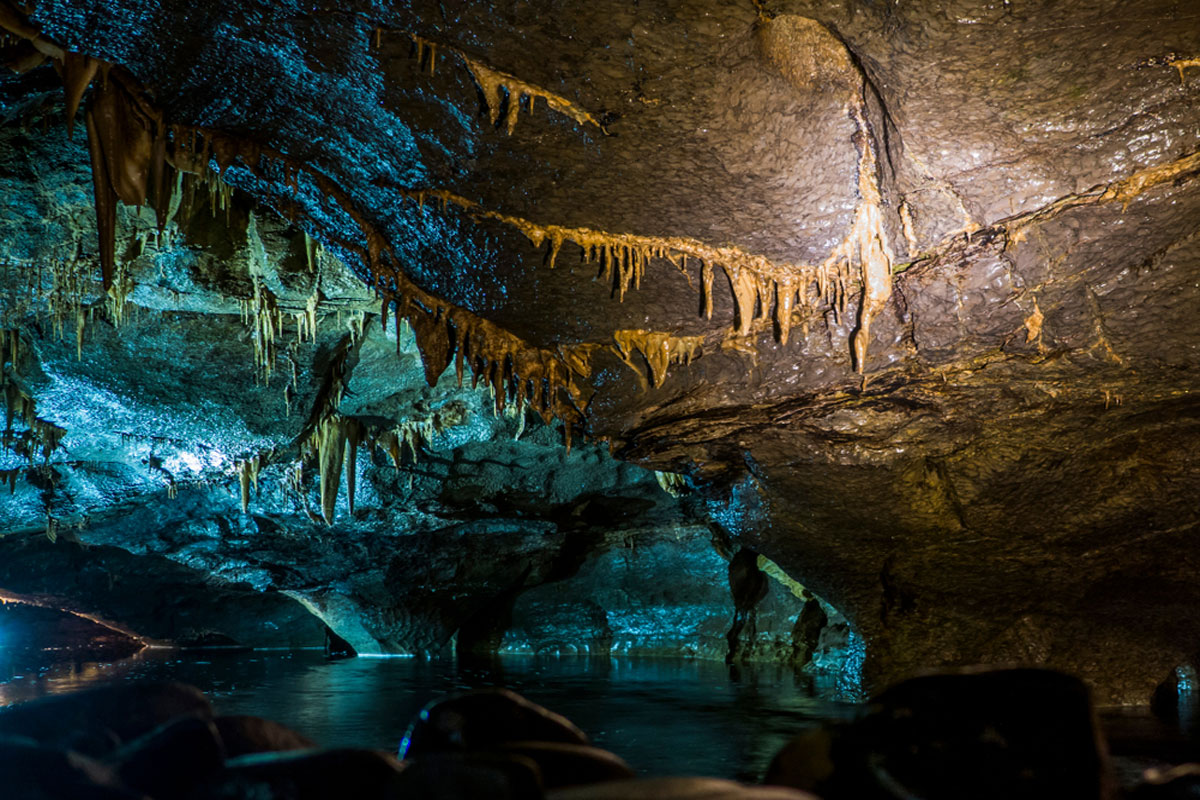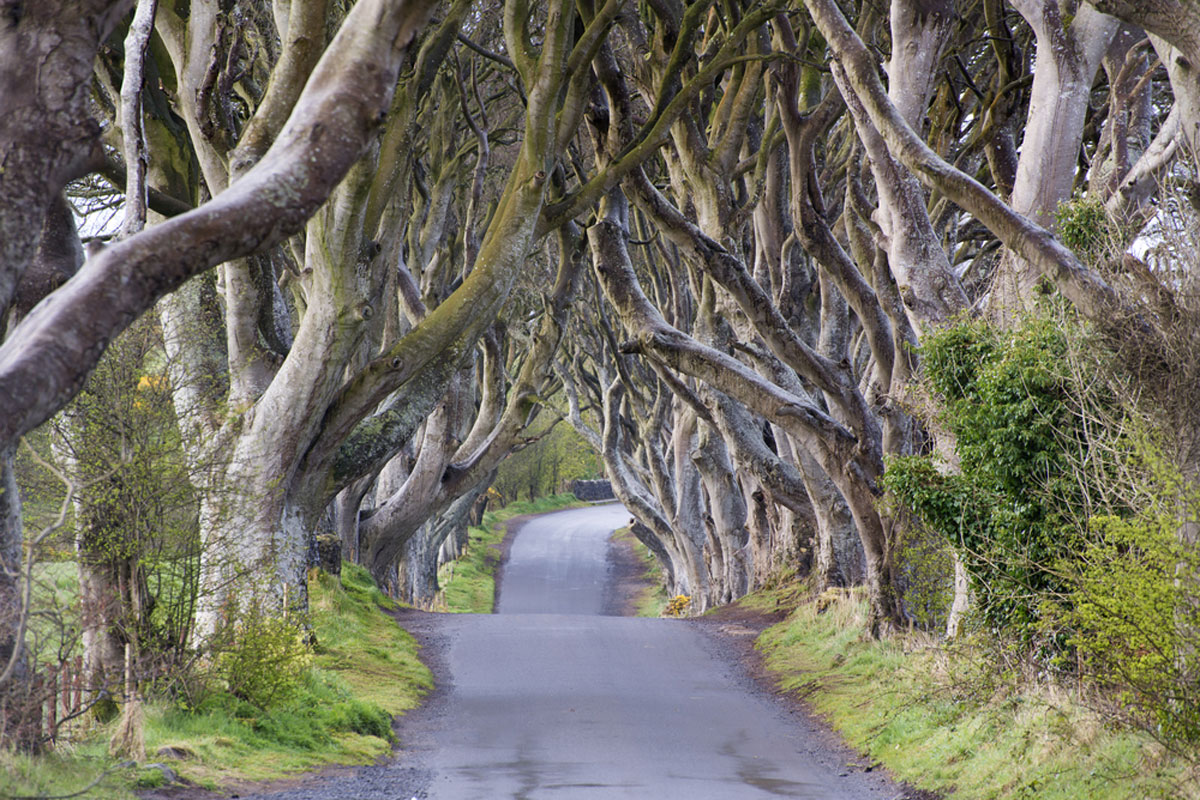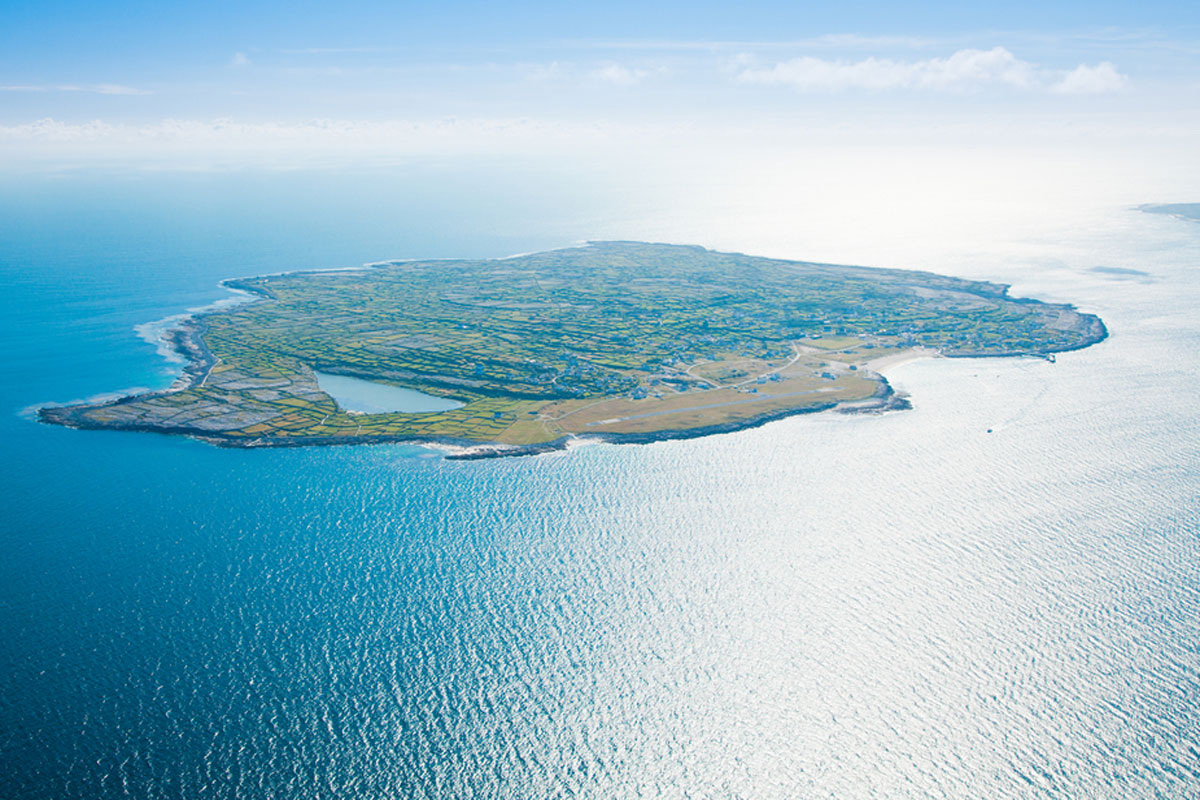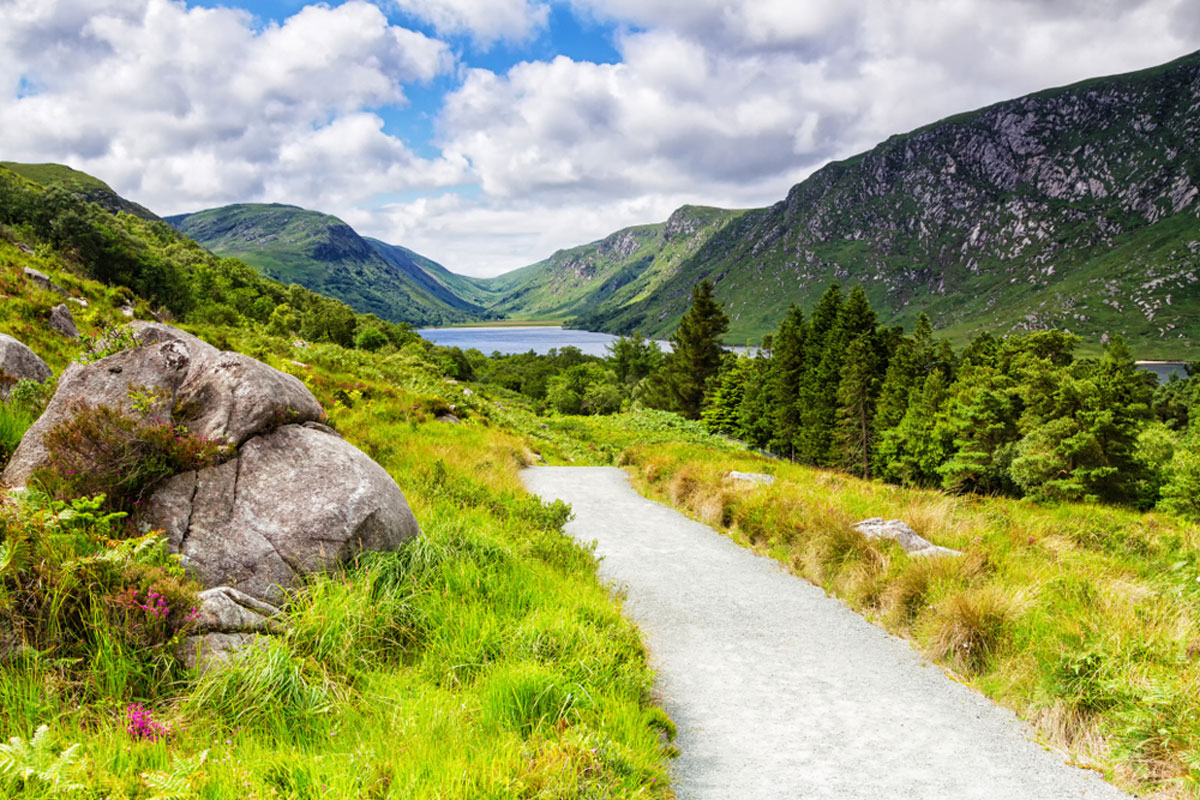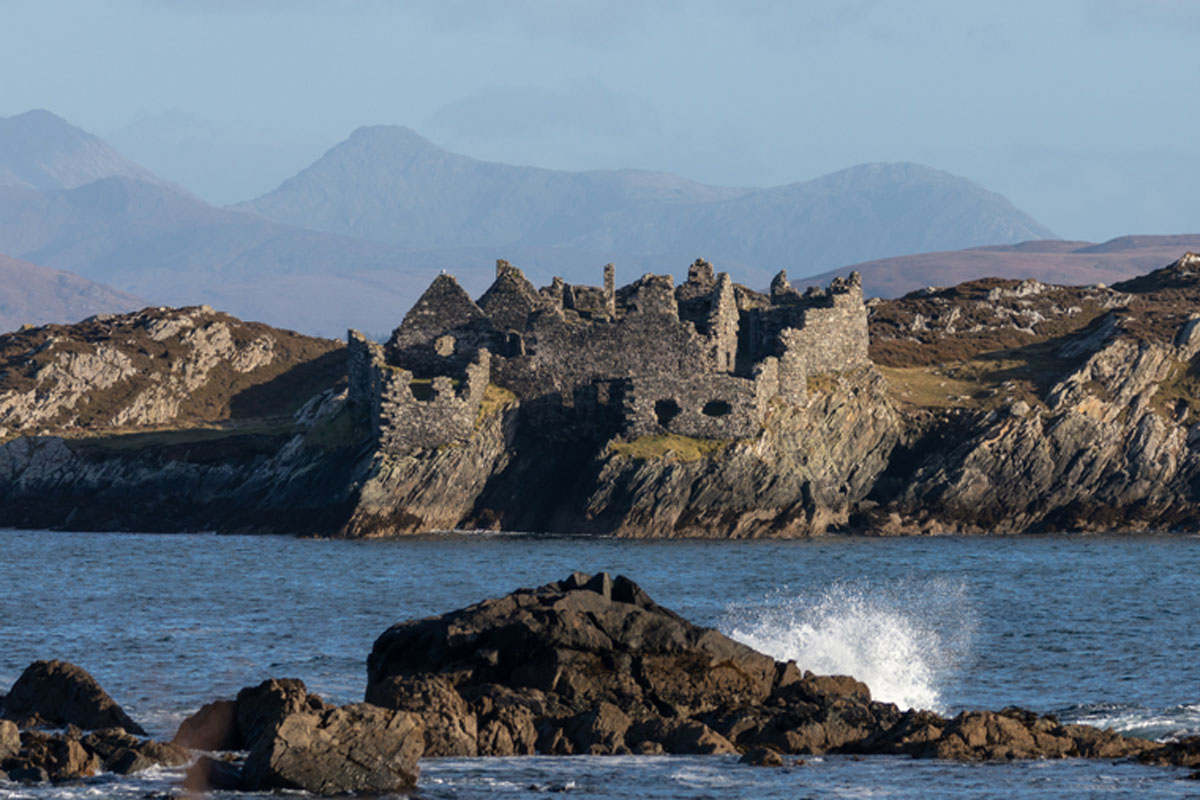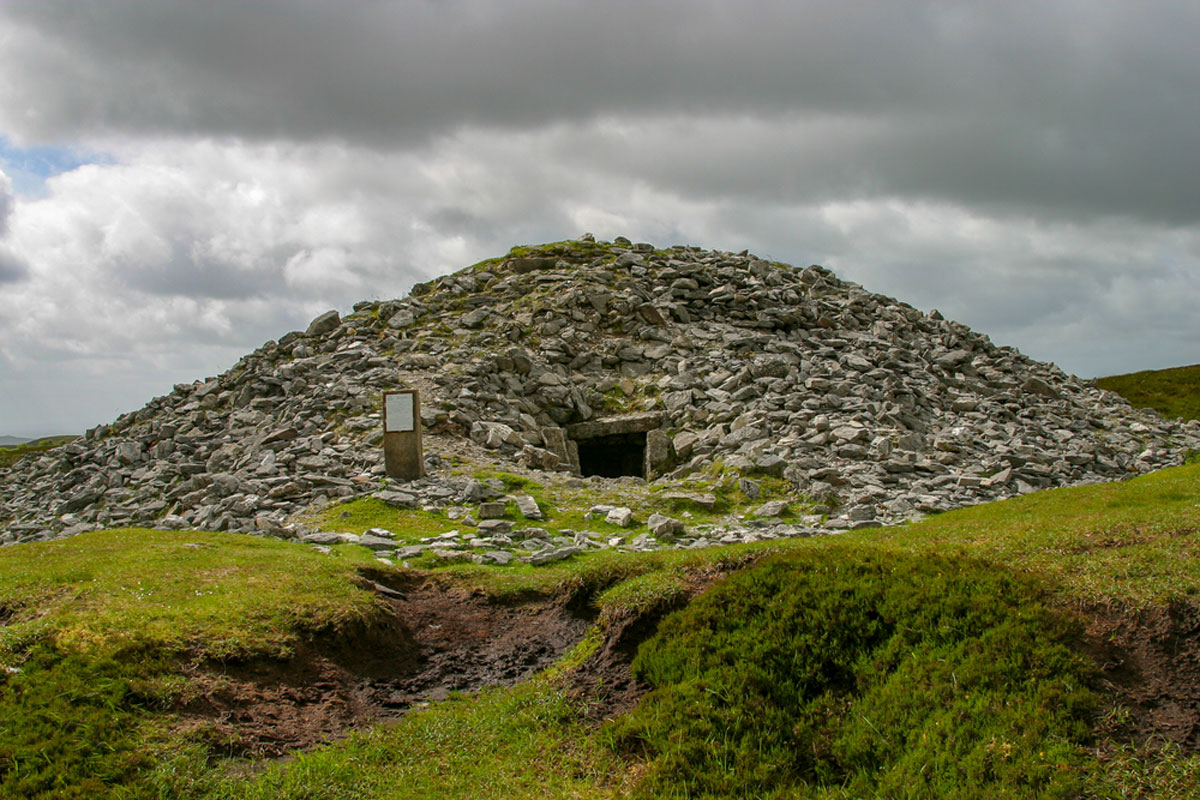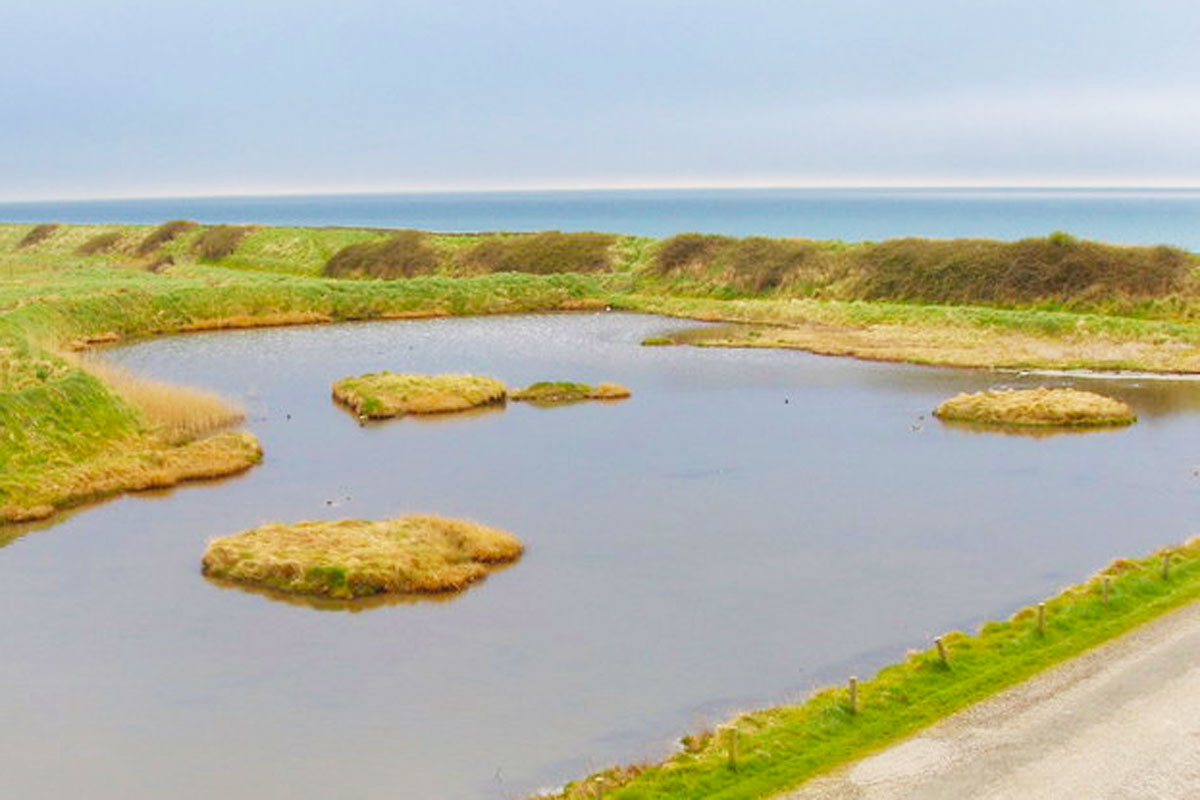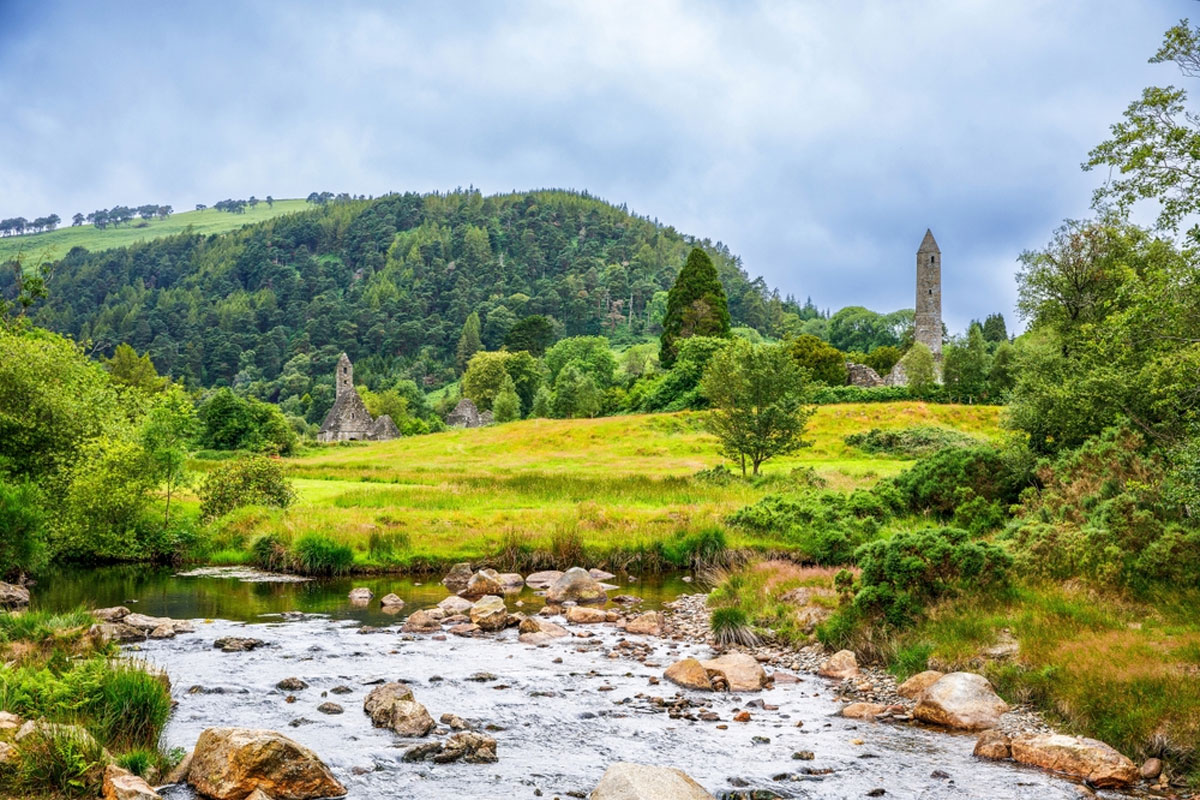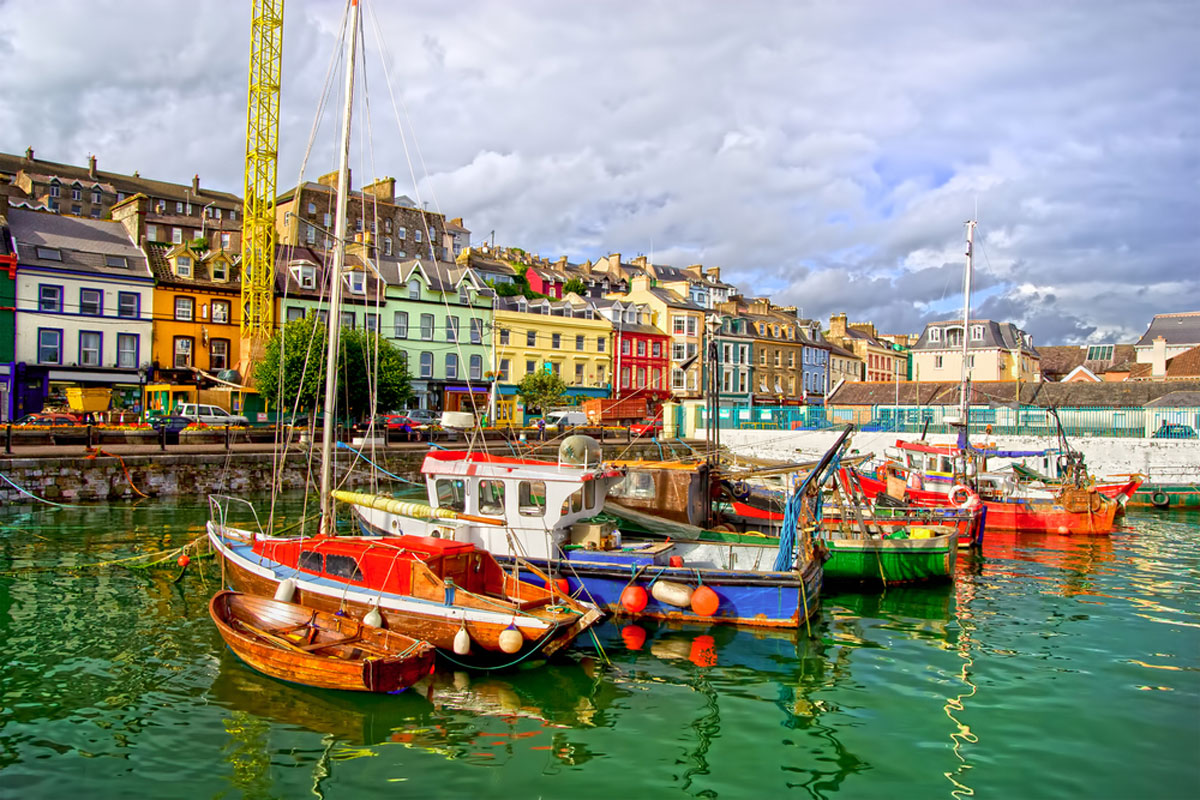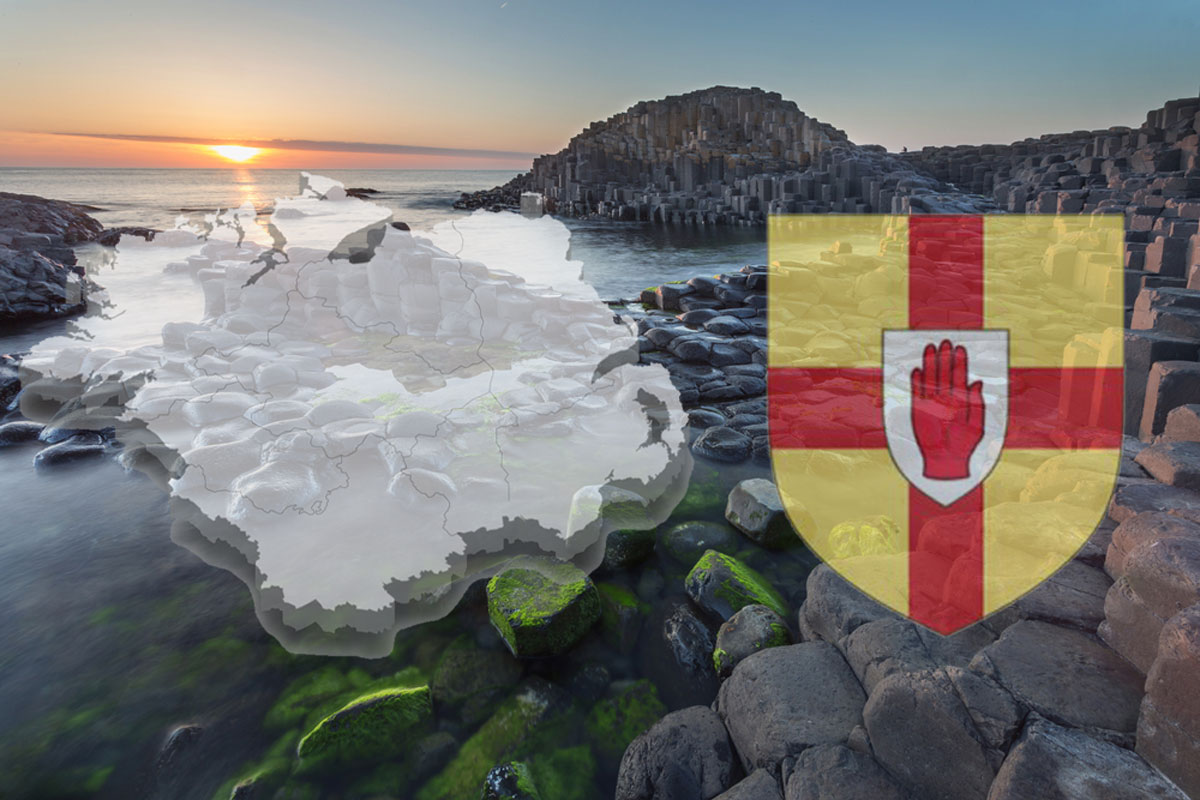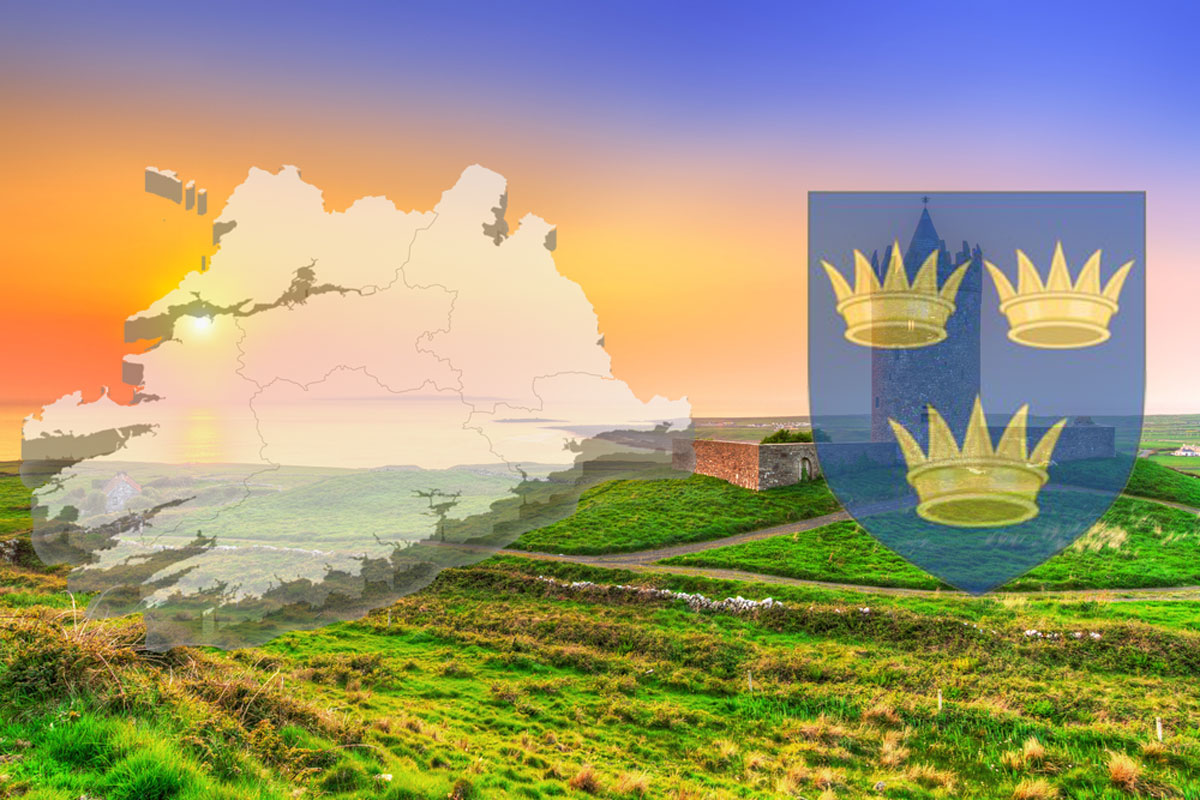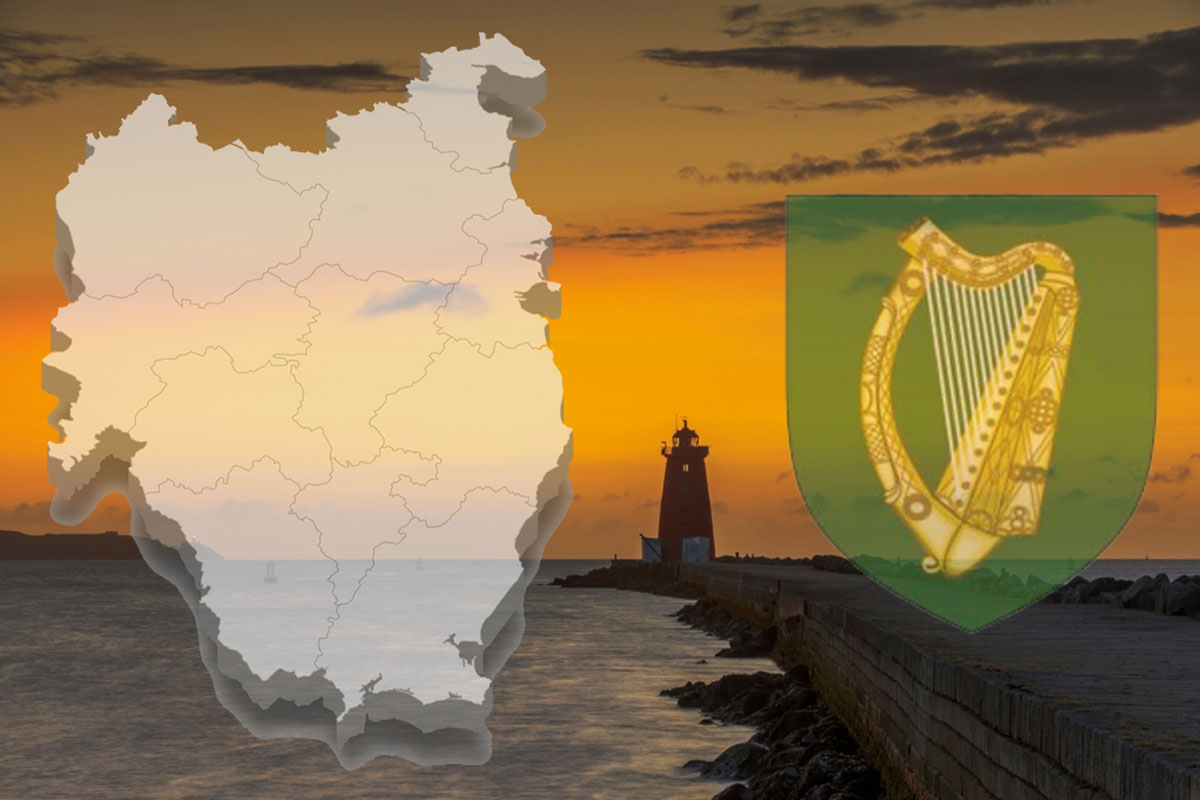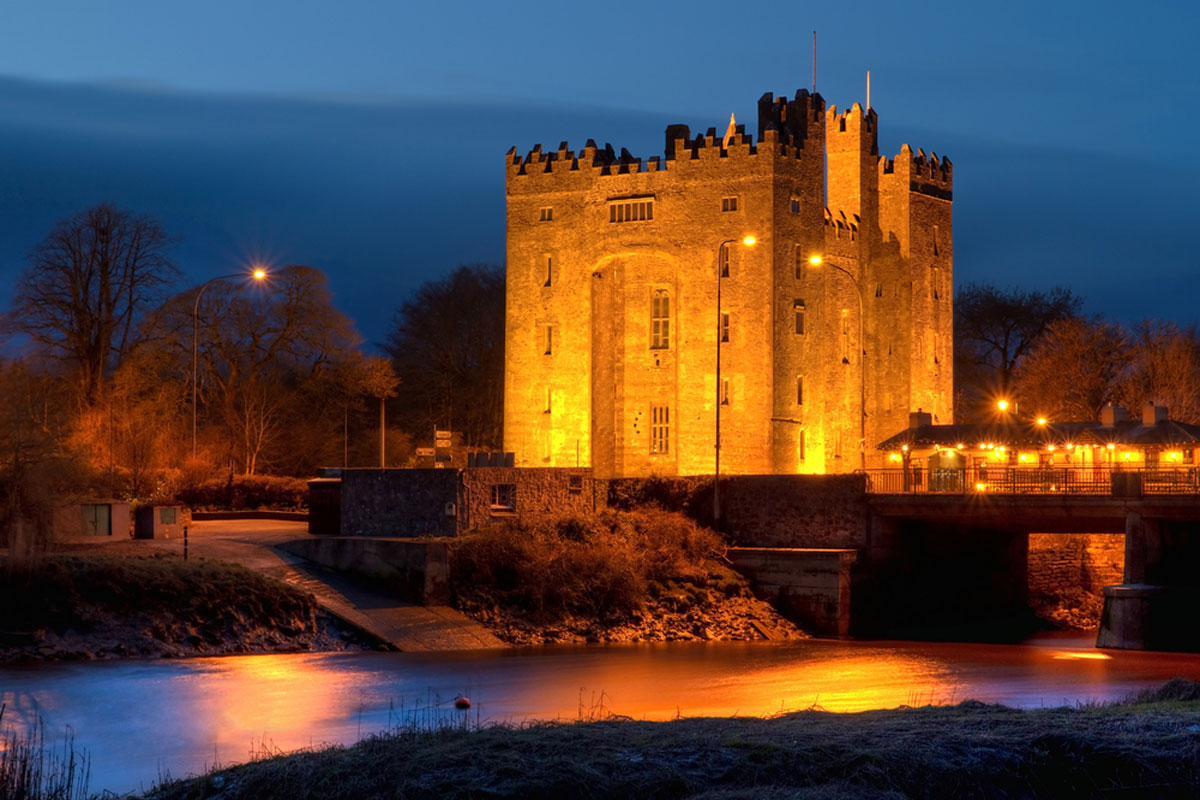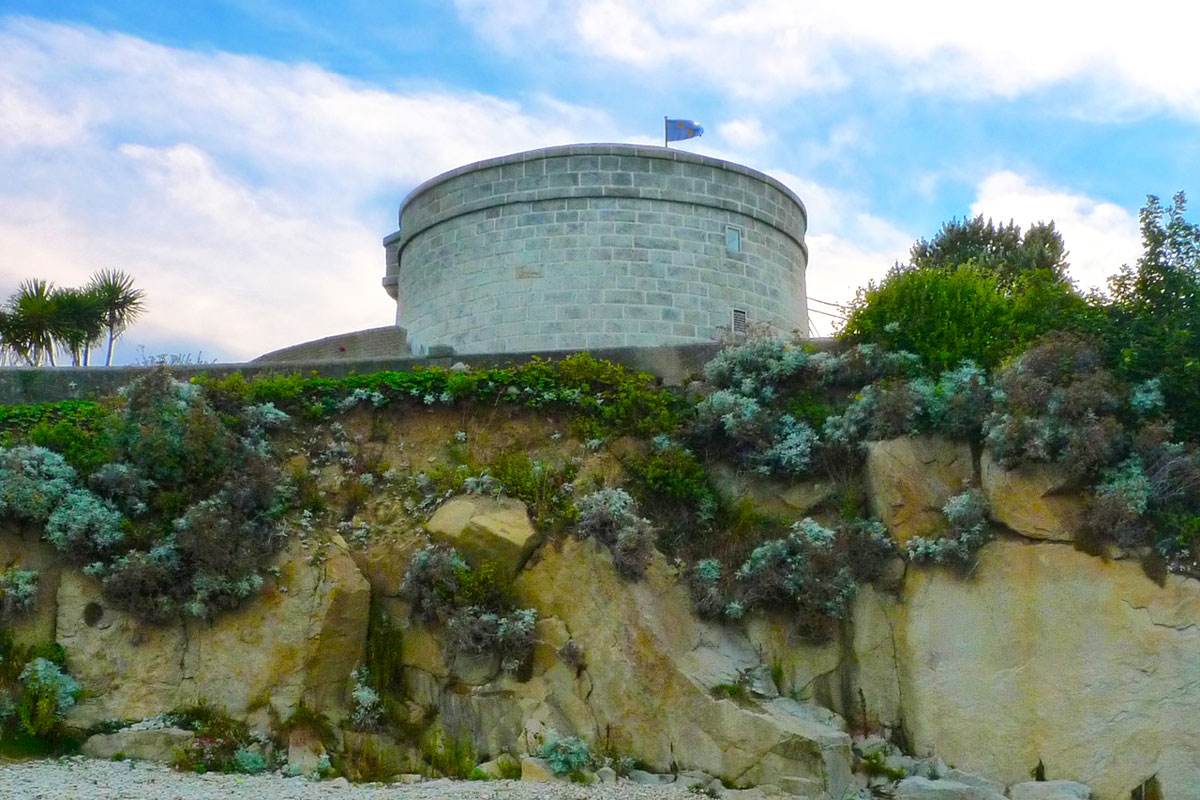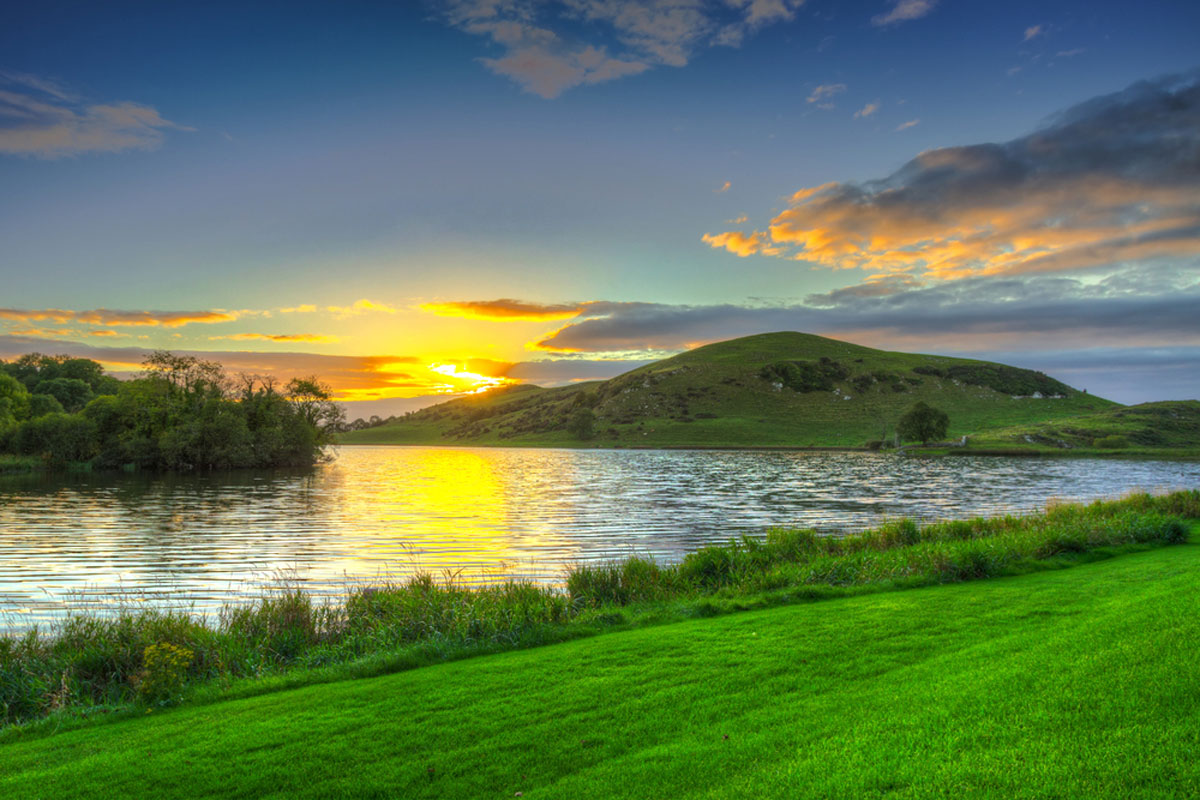Introduction to the Shannon Estuary
The Shannon Estuary, a stunning coastal inlet stretching between County Kerry, County Clare, and County Limerick, is a hidden gem for nature enthusiasts. Famous for its diverse wildlife and scenic views, the estuary has become one of the most sought-after destinations in Ireland for whale and dolphin watching. This majestic body of water offers a unique opportunity to witness marine life in its natural habitat, making it a top eco-tourism spot on the Emerald Isle.
With its deep waters and strong tidal currents, the Shannon Estuary is an ideal feeding ground for a variety of marine species. From the common bottlenose dolphins to the occasional sighting of humpback and minke whales, the waters teem with aquatic life. For those intrigued by marine biodiversity and sustainable tourism, the estuary is the perfect place to explore.
The accessibility of the Shannon Estuary from major cities like Limerick and the nearby scenic towns makes it a fantastic day-trip destination. Whether you are an avid marine enthusiast or simply looking for a tranquil adventure, whale and dolphin watching along the estuary provides an experience that blends excitement with a deep connection to nature.
Why the Shannon Estuary?
The Shannon Estuary is unique in Ireland due to its deep waters and proximity to the open Atlantic, which makes it one of the most biodiverse areas on the Irish coast. The estuary’s calm and relatively sheltered environment is a sanctuary for several species of dolphins, and its nutrient-rich waters attract larger marine mammals, like whales, during their migratory seasons.
For those new to whale and dolphin watching, the Shannon Estuary offers both accessibility and serenity, with organized boat tours that allow you to venture close to the action. Unlike other parts of Ireland, the estuary provides nearly year-round opportunities to spot dolphins, thanks to the resident population of bottlenose dolphins that call these waters home.
Meet the Marine Life – Whales and Dolphins of the Shannon Estuary
The Shannon Estuary is home to an incredible array of marine life, making it a prime location for whale and dolphin watching. With its deep waters and nutrient-rich ecosystem, the estuary attracts a variety of species that thrive in its unique environment.
1. Bottlenose Dolphins: The Estuary’s Year-Round Residents
One of the most exciting aspects of the Shannon Estuary is its resident population of bottlenose dolphins. Unlike some areas where dolphins are seasonal visitors, these dolphins can be spotted in the estuary all year round. The Shannon Estuary is home to one of the largest known populations of bottlenose dolphins in Europe, with over 100 individuals regularly identified in the waters.
Bottlenose dolphins are known for their playful behavior and social nature, often approaching boats with curiosity, leaping from the water, and riding the waves created by vessels. These dolphins are highly intelligent and live in complex social groups, known as pods. Watching them in their natural habitat can be a truly awe-inspiring experience, as they display a range of behaviors, from breaching and bow-riding to foraging and hunting for fish.
What sets the Shannon Estuary apart is the opportunity for visitors to witness these dolphins up close during boat tours. Guided tours often guarantee sightings, and many visitors are lucky enough to see dolphins jumping and playing within meters of the boat, creating unforgettable moments for those onboard.
2. Humpback Whales: The Giants of the Deep
While bottlenose dolphins are year-round residents, humpback whales are occasional visitors to the Shannon Estuary, typically sighted during their annual migration. These majestic creatures are known for their acrobatic breaches and complex songs, making them one of the most beloved species in the whale-watching community.
Humpbacks migrate long distances, often traveling from their tropical breeding grounds to the colder, nutrient-rich waters of the North Atlantic. The Shannon Estuary offers an excellent feeding ground for these whales, particularly during the late summer and early autumn months. Watching a humpback whale surface or breach the water is an exhilarating experience, as their sheer size and power are unmatched.
3. Minke Whales: The Seasonal Visitors
Another whale species you might encounter is the minke whale, a smaller and more elusive baleen whale that is often seen during the summer months. Minke whales are known for their sleek bodies and are more likely to be spotted feeding close to the surface of the water.
Although less showy than humpbacks, minke whales are a thrilling sight, especially for their speed and grace. They often appear suddenly, surfacing briefly before disappearing again into the deep waters of the estuary.
4. Other Species: Occasional Visitors
In addition to bottlenose dolphins and whales, you may also be fortunate enough to spot harbor porpoises, which are smaller and shyer relatives of dolphins. Occasionally, rarer species such as orca (killer whales) and pilot whales are seen passing through the area.
The diversity of marine life in the Shannon Estuary reflects the health and importance of this ecosystem, offering visitors a chance to observe a wide range of behaviors and interactions between different species.
What to Expect on a Tour
Boat tours of the Shannon Estuary are led by experienced guides who are knowledgeable about the area’s marine life. They will provide information about the behavior and biology of the dolphins and whales you encounter, helping you gain a deeper appreciation for these fascinating animals.
While sightings are never guaranteed when it comes to wildlife, the estuary’s rich population of bottlenose dolphins ensures that most visitors leave with memorable sightings. For whales, timing is crucial, with late summer being the best time to increase your chances of encountering humpback or minke whales.
Planning Your Whale and Dolphin Watching Trip
Now that you’ve learned about the amazing marine life that inhabits the Shannon Estuary, it’s time to dive into the practical side of things. Now we’ll guide you through planning your whale and dolphin watching trip, sharing tips on the best times to visit, what to bring, and how to maximize your chances of encountering these incredible creatures. Whether you’re a seasoned wildlife enthusiast or a first-time visitor, this guide will help you prepare for a memorable adventure on the water.
1. When to Go: Best Times for Sightings
While the bottlenose dolphins are resident year-round, your timing can influence your chances of seeing other marine species like humpback whales and minke whales, which are more seasonal visitors.
- Year-Round Sightings (Bottlenose Dolphins): Anytime is a good time to visit the Shannon Estuary for dolphins. Bottlenose dolphins can be seen throughout the year, and boat tours are available in most seasons.
- Summer and Early Autumn (Whales): If you’re hoping to catch a glimpse of humpback or minke whales, aim to visit during the late summer and early autumn months (July to September). This is when these whales are most likely to migrate through the estuary’s nutrient-rich waters.
Tip: Check with local boat tour companies for updates on recent sightings. Many offer real-time information on whale activity, helping you plan your visit for optimal success.
2. Choosing the Right Boat Tour
Selecting a reputable boat tour operator is key to having a safe, enjoyable, and eco-friendly experience. When choosing a tour, look for operators that are committed to sustainable practices and wildlife conservation. Many tours around the Shannon Estuary provide expert guides who can offer fascinating insights into the behavior of dolphins and whales, as well as the local ecology.
What to Look for in a Tour:
- Eco-Friendly Practices: Tours that adhere to wildlife guidelines, such as maintaining a safe distance from animals and minimizing disturbances to their natural behaviors.
- Expert Guides: Tours led by marine biologists or experienced wildlife guides who provide educational commentary.
- Comfortable Boats: Opt for boats with ample viewing decks and seating areas to ensure you have the best vantage point for sightings.
3. What to Bring: Essentials for Your Trip
Packing the right gear can make all the difference during your whale and dolphin watching excursion. Here’s a list of essentials to bring along:
- Warm Layers: Even in summer, the weather on the water can be chilly. Dress in layers to stay comfortable, especially when the boat picks up speed or the wind kicks in.
- Waterproof Jacket: The open water can be unpredictable, so a waterproof jacket will keep you dry in case of spray or rain.
- Binoculars: While dolphins often approach the boats, a good pair of binoculars will enhance your experience, especially when trying to spot whales in the distance.
- Camera or Smartphone (with Zoom Lens): Capture the magic of your trip by bringing a camera with a good zoom lens. Smartphones with high-quality zoom capabilities also work well for taking pictures and videos.
- Sunscreen and Hat: Protect yourself from the sun, as it can be stronger than expected on the water, even on overcast days.
- Motion Sickness Medication: If you’re prone to seasickness, it’s better to be prepared. Many boat tours can be smooth, but the open waters can get choppy.
4. Making the Most of Your Experience
While sightings of bottlenose dolphins are almost guaranteed, spotting whales can require a bit of patience. Here are some tips to maximize your enjoyment during the tour:
- Stay Alert: Wildlife is unpredictable, so keep your eyes on the water. Dolphins and whales can appear suddenly, so be ready to catch the action at a moment’s notice.
- Listen to the Guides: Pay attention to the guides’ instructions and tips. They often spot marine life before anyone else and can point out interesting behaviors or features to watch for.
- Embrace the Journey: Even if you don’t spot as many whales as you hoped, remember that the Shannon Estuary is breathtaking in its own right. Enjoy the scenic beauty of the cliffs, islands, and surrounding landscape.
5. Supporting Conservation Efforts
By choosing to go whale and dolphin watching in the Shannon Estuary, you’re supporting local conservation initiatives. Many tour operators contribute to research and protection efforts for marine species, and some proceeds may go directly towards wildlife preservation.
Consider making a donation to local marine charities or supporting eco-tourism businesses that prioritize sustainability and environmental stewardship. By doing so, you’re helping to ensure that future generations can enjoy the beauty of the Shannon Estuary and its marine inhabitants.
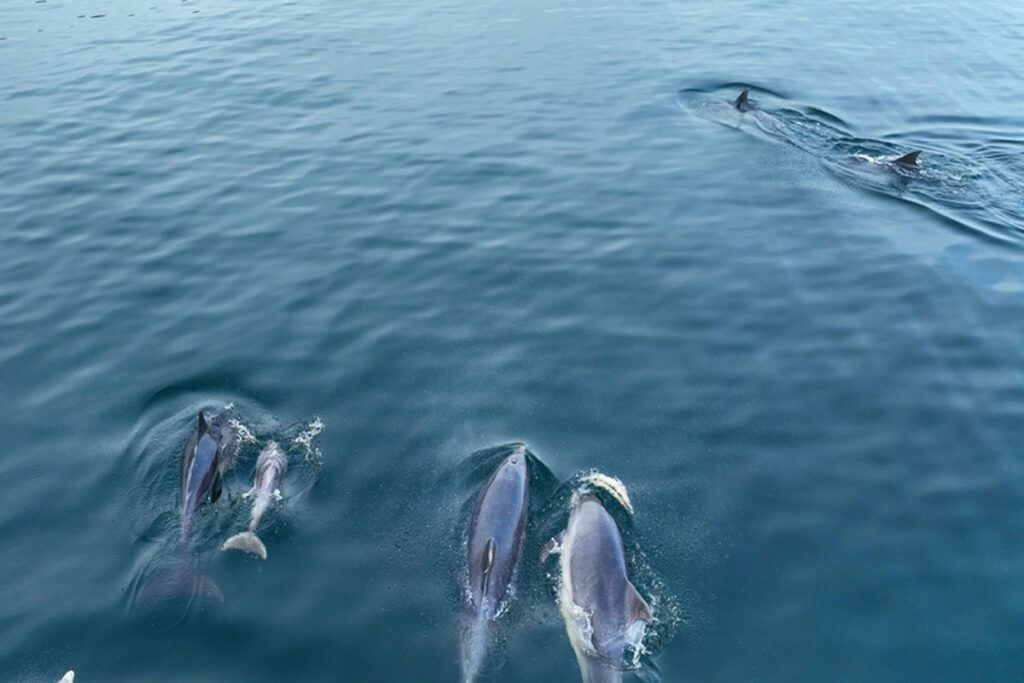
Conservation Efforts and Eco-Tourism in the Shannon Estuary
Now lets focus on the importance of conservation in the Shannon Estuary, the role of eco-tourism in protecting marine wildlife, and how you can contribute to safeguarding this unique environment. Whale and dolphin watching here isn’t just a spectacular experience — it’s an opportunity to support vital conservation efforts that ensure the long-term survival of these creatures and their habitat.
1. The Shannon Dolphin and Wildlife Foundation (SDWF)
At the forefront of marine conservation in the estuary is the Shannon Dolphin and Wildlife Foundation (SDWF). This organization is dedicated to studying and protecting the bottlenose dolphins that call these waters home. Through their research and conservation programs, they aim to ensure that the estuary remains a healthy and thriving ecosystem for dolphins and other marine life.
Key Contributions:
- Dolphin Monitoring: SDWF conducts regular surveys and monitoring of dolphin populations, tracking their movements, behavior, and health.
- Research and Education: They collaborate with universities and research institutions to better understand dolphin ecology and share their findings with the public.
- Public Awareness Campaigns: The SDWF works to raise awareness about the importance of marine conservation, encouraging sustainable practices and fostering a connection between locals, tourists, and the environment.
When you take a whale or dolphin watching tour, part of your fee often goes toward supporting the SDWF, contributing to the ongoing protection of these magnificent animals.
2. Responsible Eco-Tourism: How It Helps
Eco-tourism plays a crucial role in protecting the Shannon Estuary and its inhabitants. By supporting responsible tourism, you are directly contributing to conservation efforts and encouraging sustainable practices in the local economy. Here’s how eco-tourism benefits the environment:
- Minimizing Disturbance to Wildlife: Responsible boat operators adhere to strict guidelines that prevent boats from disturbing dolphins and whales. They maintain a respectful distance, limit their speed, and avoid disrupting the animals’ natural behaviors.
- Funding Conservation Projects: Tour operators that prioritize sustainability often donate a portion of their proceeds to marine conservation efforts. This funding supports essential research and wildlife protection programs.
- Promoting Awareness and Education: Eco-tourism not only provides unforgettable experiences but also educates visitors about the importance of preserving marine ecosystems. The more people who understand the significance of these environments, the more widespread conservation efforts can become.
3. The Impact of Human Activity on the Estuary
While the Shannon Estuary is a haven for marine wildlife, it is also impacted by human activities. Urban development, industrialization, and fishing practices have historically posed threats to the delicate balance of the ecosystem. However, growing awareness and conservation efforts have made significant strides in mitigating these issues.
Challenges Faced:
- Marine Pollution: Like many marine environments, the Shannon Estuary faces pollution risks from plastics, chemicals, and runoff from agricultural and urban areas. Marine species are vulnerable to ingesting pollutants, which can affect their health and populations.
- Overfishing: Though the estuary is a rich fishing ground, unsustainable practices can deplete fish stocks and disrupt the food chain, impacting dolphins and whales that rely on the abundance of prey.
- Noise Pollution: Increased boat traffic, particularly from large vessels, can create underwater noise that disturbs marine life. Dolphins and whales, which use echolocation to navigate and hunt, are particularly sensitive to noise pollution.
4. How You Can Help: Supporting Conservation as a Tourist
While visiting the Shannon Estuary, there are several ways you can contribute to conservation efforts and support eco-friendly practices:
- Choose Responsible Tour Operators: Look for boat operators that are committed to sustainable tourism and follow the guidelines for wildlife protection. They should prioritize the welfare of the animals over maximizing profits.
- Reduce Plastic Waste: Bring reusable water bottles and avoid single-use plastics during your trip. Plastic pollution is one of the most harmful threats to marine ecosystems.
- Respect the Wildlife: Follow the advice of your guides and maintain a respectful distance from marine animals. Avoid making loud noises or sudden movements that could startle dolphins or whales.
- Donate to Conservation Groups: Consider making a donation to organizations like the SDWF, which work tirelessly to protect marine wildlife in the Shannon Estuary.
5. The Future of Conservation in the Shannon Estuary
The future of marine wildlife in the Shannon Estuary depends on the continued success of conservation efforts, the support of eco-tourism, and the involvement of both locals and visitors. As awareness grows and more people are drawn to the beauty of the estuary’s dolphins and whales, there is hope that future generations will be able to enjoy these incredible creatures in their natural habitat.
With the ongoing commitment of conservation organizations, responsible tourism, and supportive policies, the Shannon Estuary is on track to remain one of the most vibrant and protected marine environments in Ireland.
The Future of Whale and Dolphin Watching in the Shannon Estuary
With advancements in technology, increased awareness of environmental issues, and a growing emphasis on eco-friendly tourism, the future of marine wildlife observation in this region is poised to thrive.
1. Advancements in Marine Conservation Technology
In the coming years, technological innovations will play a key role in protecting marine wildlife in the Shannon Estuary. Here are some of the advancements that are expected to enhance both conservation efforts and the whale and dolphin watching experience:
- Drones for Wildlife Monitoring: Drones equipped with high-resolution cameras and sensors are already being used to monitor dolphin and whale populations without disturbing their natural behaviors. This technology allows researchers to gather valuable data while minimizing human interaction, ensuring that marine life remains undisturbed.
- Acoustic Monitoring Systems: Dolphins and whales rely heavily on echolocation for navigation and communication. New acoustic monitoring systems can record and analyze the sounds these animals make, providing insights into their behavior and population health. These systems also help detect noise pollution and other disturbances, which can be mitigated with proper regulations.
- GPS Tracking and Satellite Tagging: By tagging certain marine species with non-invasive GPS trackers, researchers can monitor their migration patterns, habitat use, and social behavior. This information helps conservationists design effective protection plans and manage human activities that may impact these animals.
With these tools, scientists and conservationists will be better equipped to protect the estuary’s marine ecosystem, ensuring the long-term survival of its whale and dolphin populations.
2. Future of Eco-Friendly Tourism in the Shannon Estuary
The future of tourism in the Shannon Estuary is heading towards a more sustainable and eco-conscious model. Whale and dolphin watching tours will likely adopt even stricter guidelines to protect marine life while offering more immersive, education-driven experiences for visitors.
Key Trends to Watch For:
- Smaller Group Tours: To minimize the impact on wildlife, future tours may limit the number of passengers on each boat, offering smaller, more intimate experiences that are both respectful of the environment and enriching for participants.
- Electric or Hybrid Boats: As concerns about carbon emissions grow, tour operators are expected to transition to electric or hybrid-powered boats. These vessels reduce noise pollution and minimize their environmental footprint, making them a more sustainable option for marine wildlife observation.
- Virtual Reality Whale Watching: For those unable to visit the estuary in person, virtual reality experiences could bring the beauty of whale and dolphin watching to a global audience. By using VR technology, individuals can “dive” into the estuary and observe marine life up close without impacting the ecosystem.
3. Education and Citizen Science Initiatives
One of the most promising aspects of future conservation efforts is the increasing involvement of the public through education and citizen science initiatives. By educating visitors and involving them in hands-on research, these programs create a deeper connection between people and the marine environment.
How You Can Participate:
- Volunteer Opportunities: Many conservation organizations offer volunteer programs where individuals can assist in monitoring dolphin populations, collecting data, and even participating in clean-up efforts along the estuary’s shores.
- Citizen Science Apps: Future whale and dolphin watching tours may incorporate the use of citizen science apps, where visitors can log their sightings, upload photos, and contribute to ongoing research efforts. This collaborative approach amplifies the impact of each visitor and helps conservationists gather more data.
- Educational Tours: Eco-tourism companies are expected to place a greater emphasis on educating visitors about marine conservation, dolphin behavior, and the challenges facing the Shannon Estuary. These tours will not only showcase the beauty of marine life but also highlight the importance of protecting these animals for future generations.
4. Ongoing Challenges and How They Can Be Addressed
Despite all these positive developments, the Shannon Estuary will continue to face challenges that require ongoing attention and commitment from both conservationists and the public.
Key Challenges:
- Climate Change: Rising sea temperatures and ocean acidification could have significant impacts on marine ecosystems. Continued research and policy action are needed to address the effects of climate change on marine wildlife.
- Overfishing and Bycatch: Though fishing regulations have improved, accidental bycatch — the capture of non-target species like dolphins — remains a concern. More stringent regulations and sustainable fishing practices are crucial to minimizing the impact on the estuary’s dolphin populations.
- Plastic Pollution: Efforts to reduce plastic pollution must be ongoing. Tourists and locals alike can contribute by reducing plastic use, participating in beach clean-ups, and supporting businesses that prioritize eco-friendly practices.
5. The Legacy of the Shannon Estuary: Ensuring Future Generations Can Enjoy Whale and Dolphin Watching
Ultimately, the future of whale and dolphin watching in the Shannon Estuary depends on the continued collaboration between local communities, conservation organizations, governments, and visitors. By supporting responsible tourism, advocating for stronger environmental protections, and embracing technological advancements, we can ensure that the estuary remains a thriving marine sanctuary.
The Shannon Estuary is not only a place of beauty and wonder but also a symbol of what can be achieved through collective conservation efforts. With ongoing dedication to protecting its wildlife and habitat, future generations will be able to experience the same awe-inspiring whale and dolphin watching opportunities for years to come.




